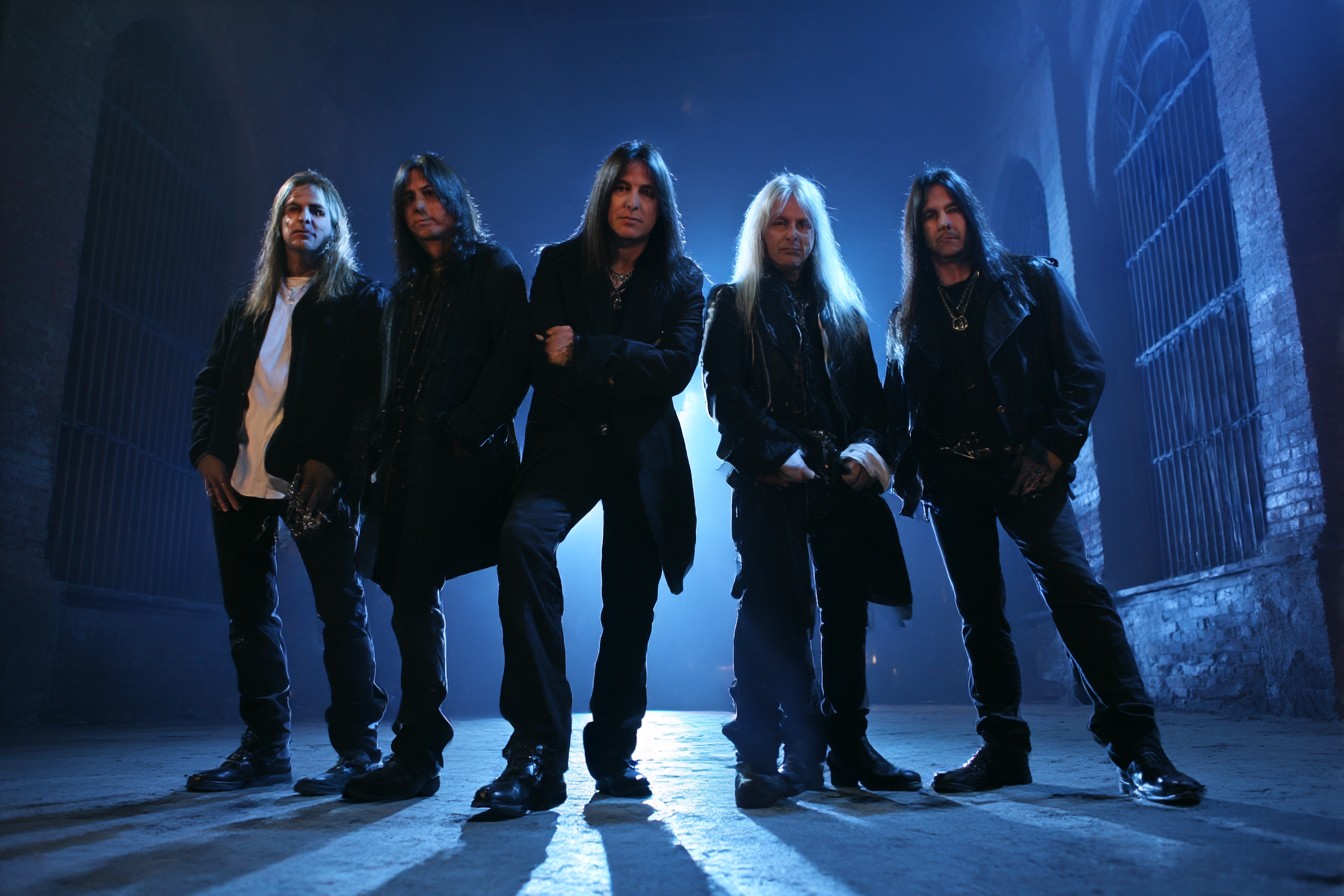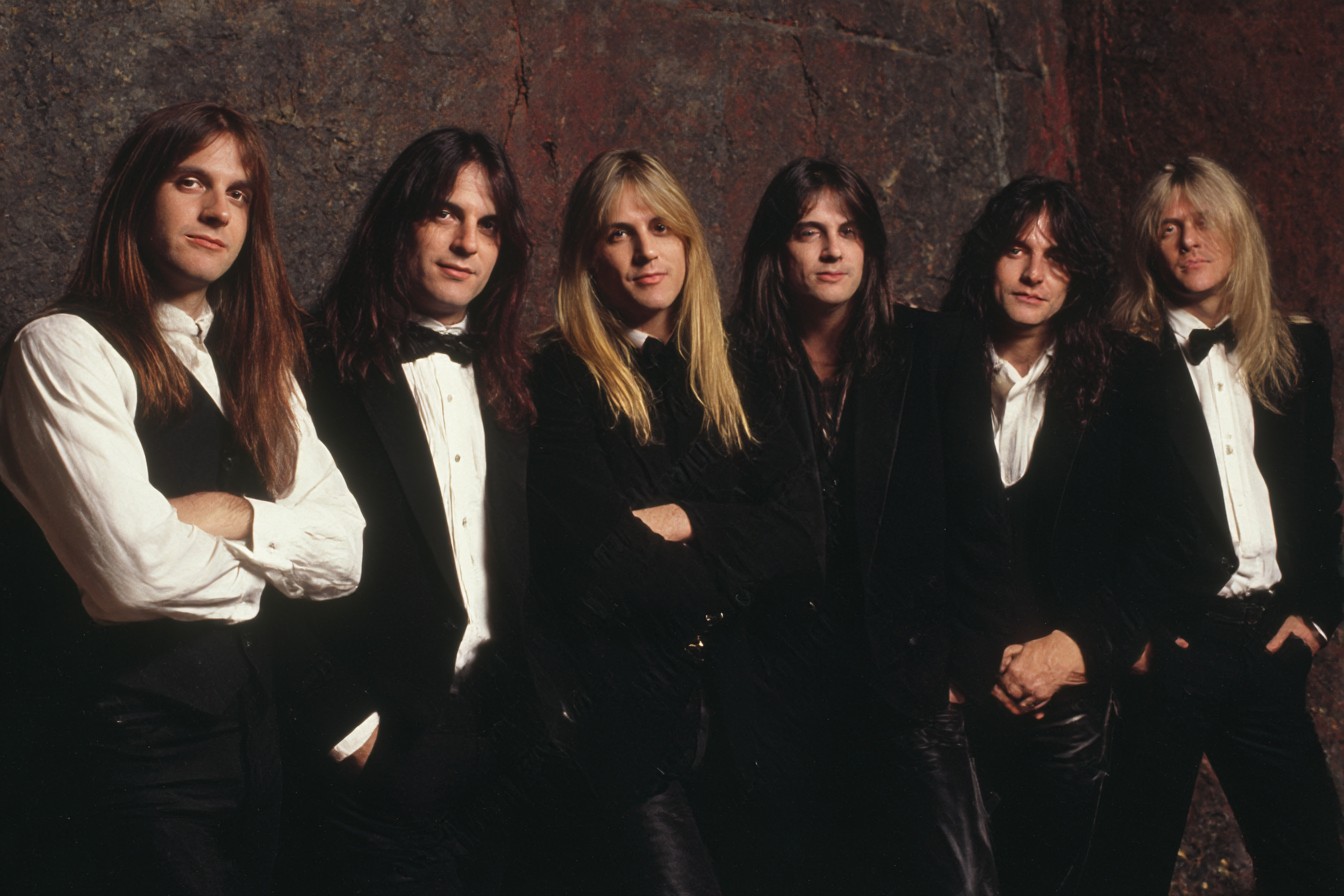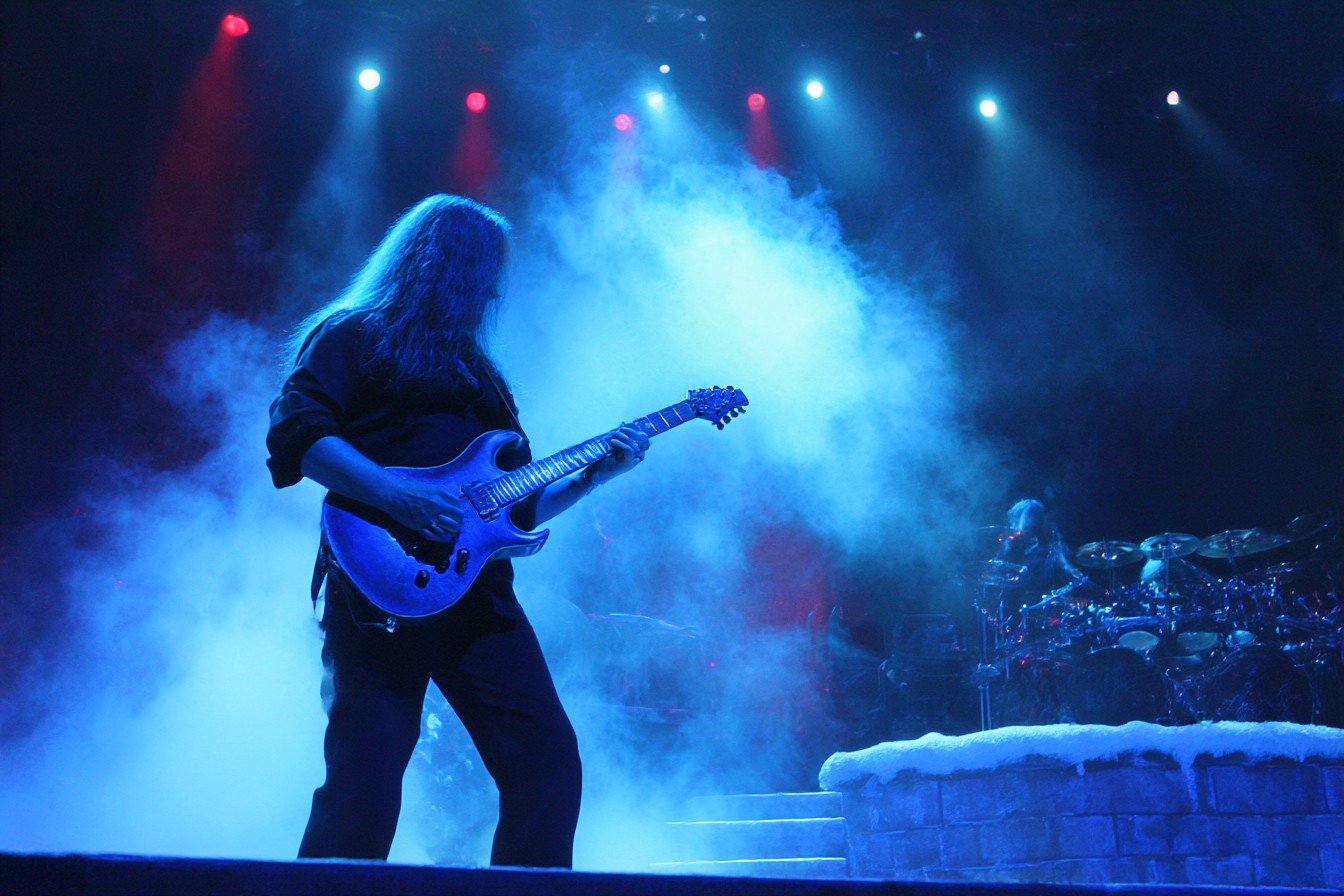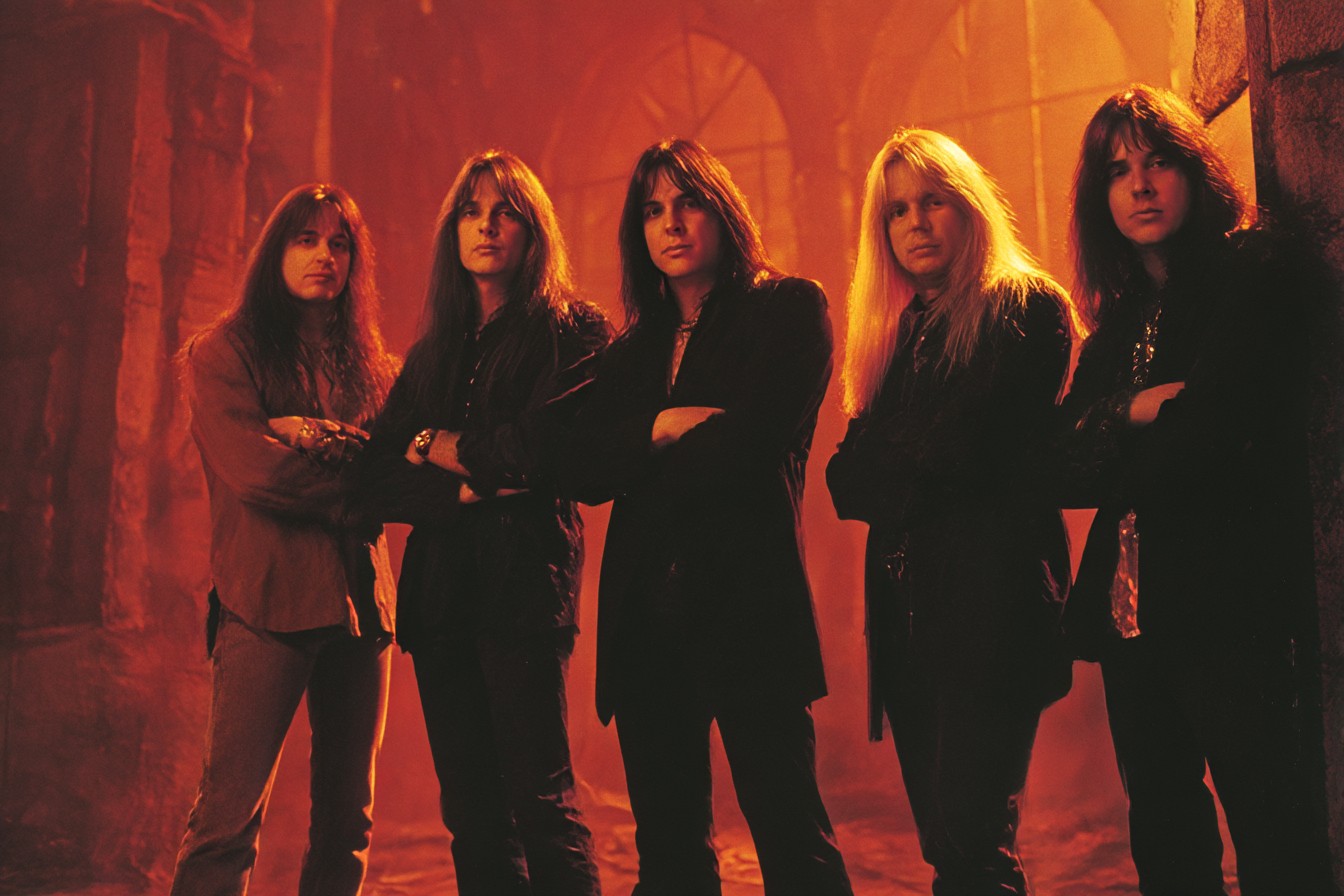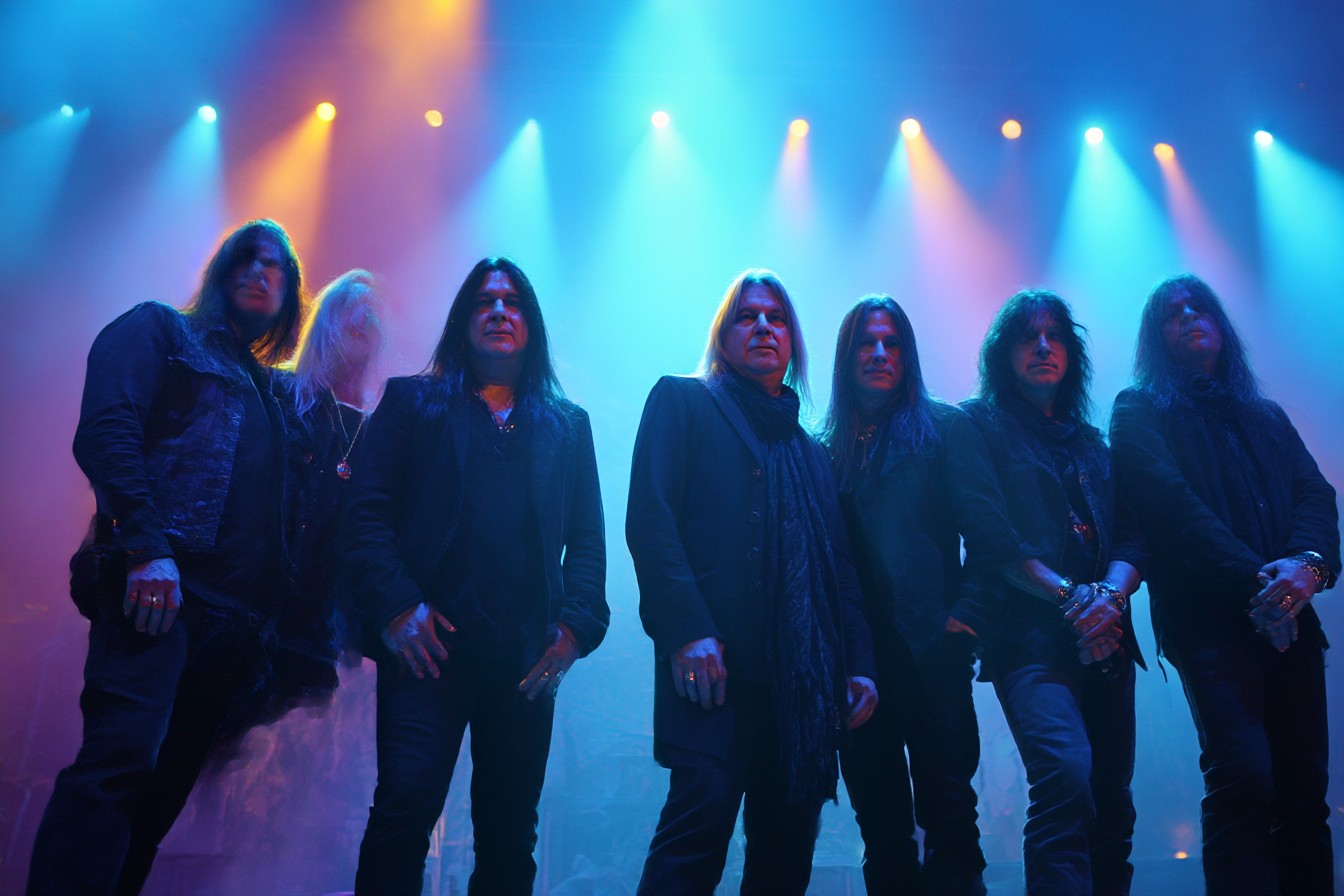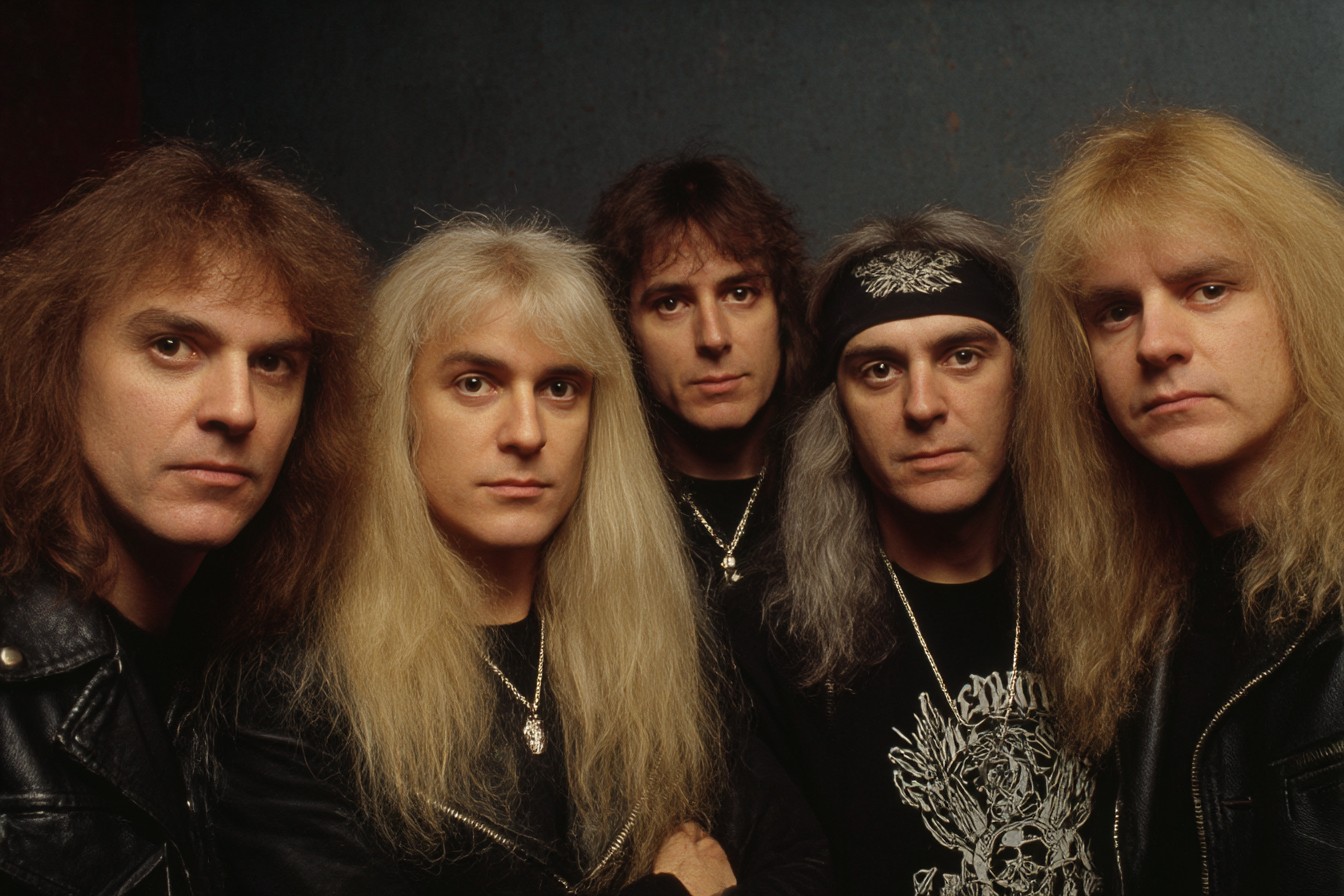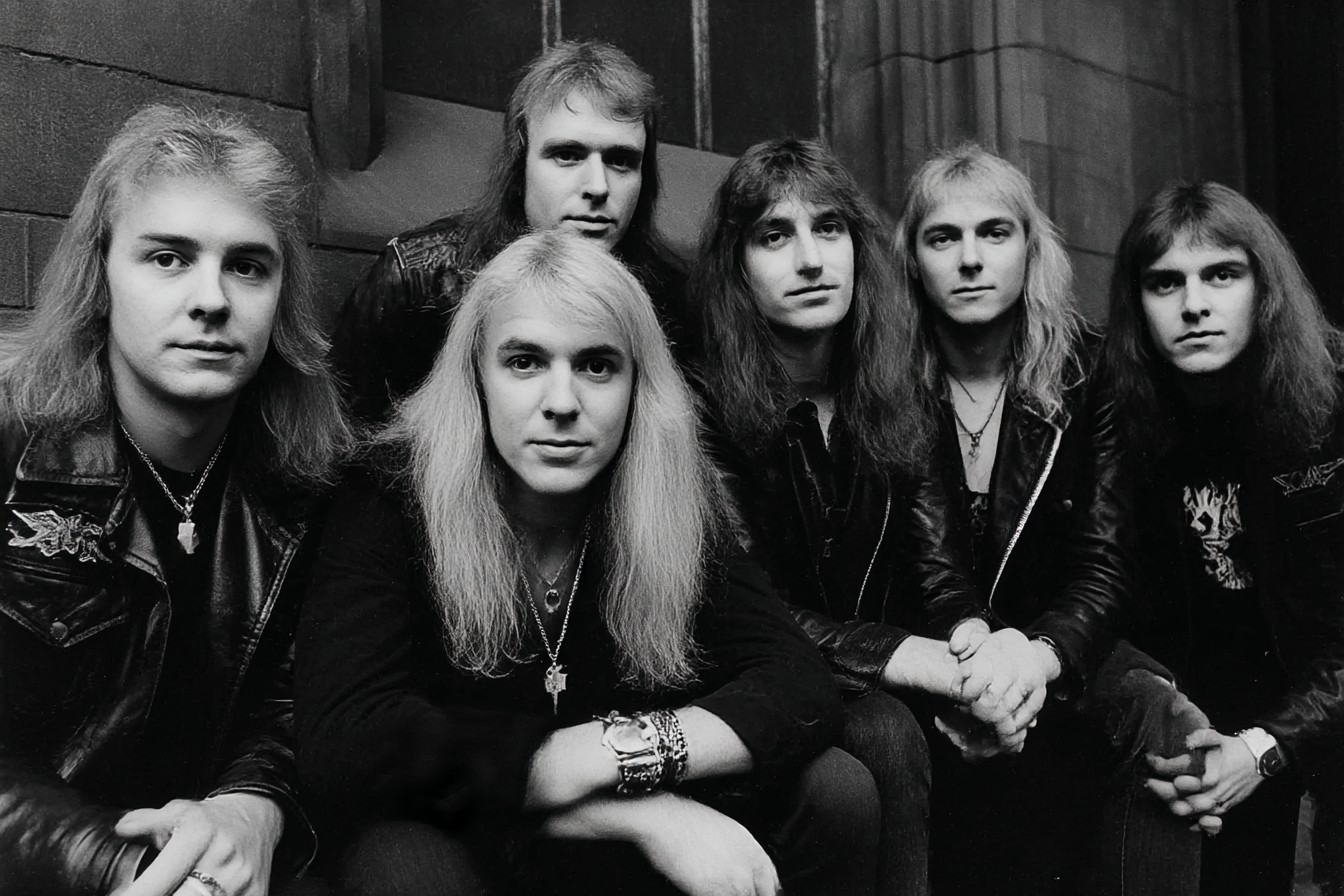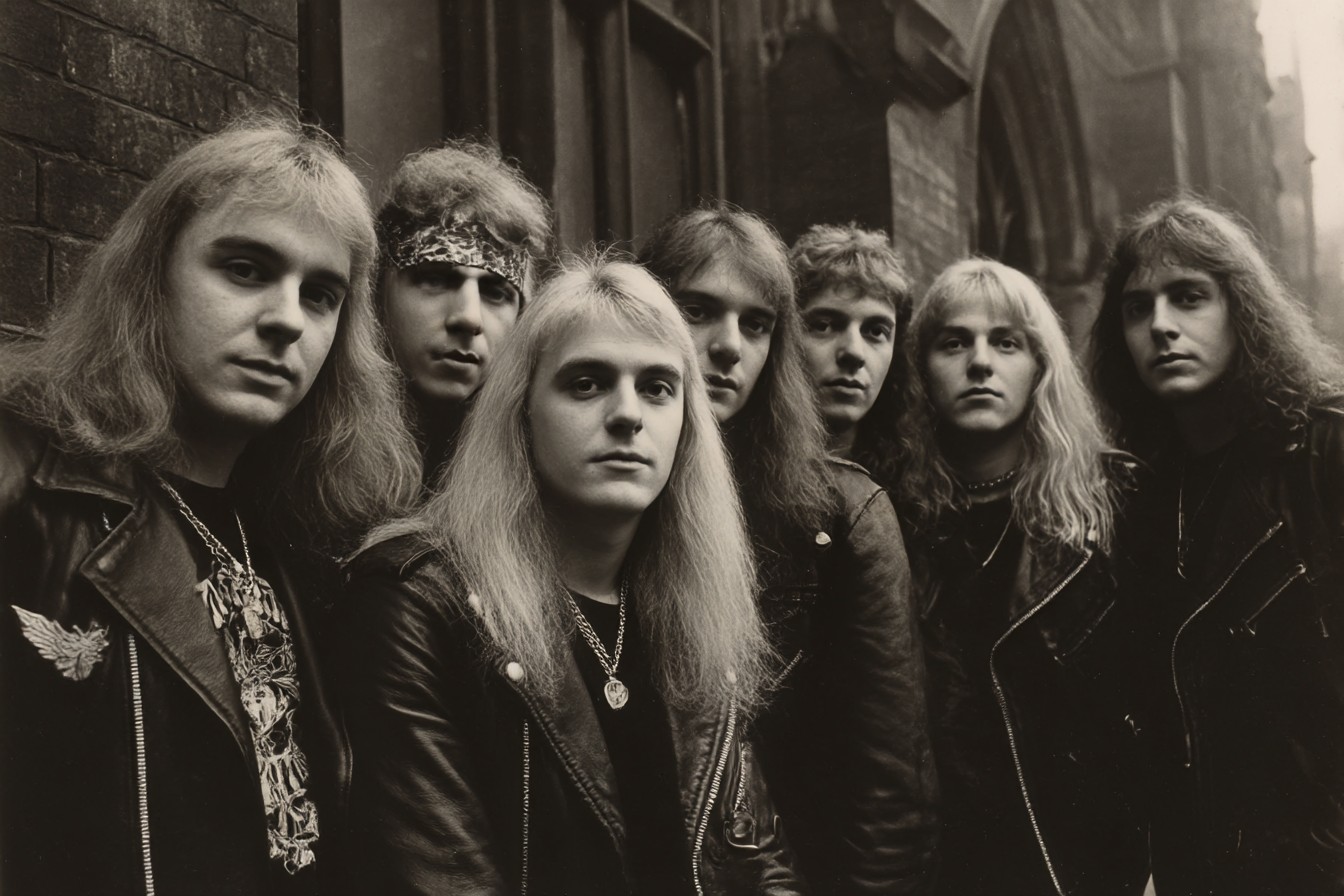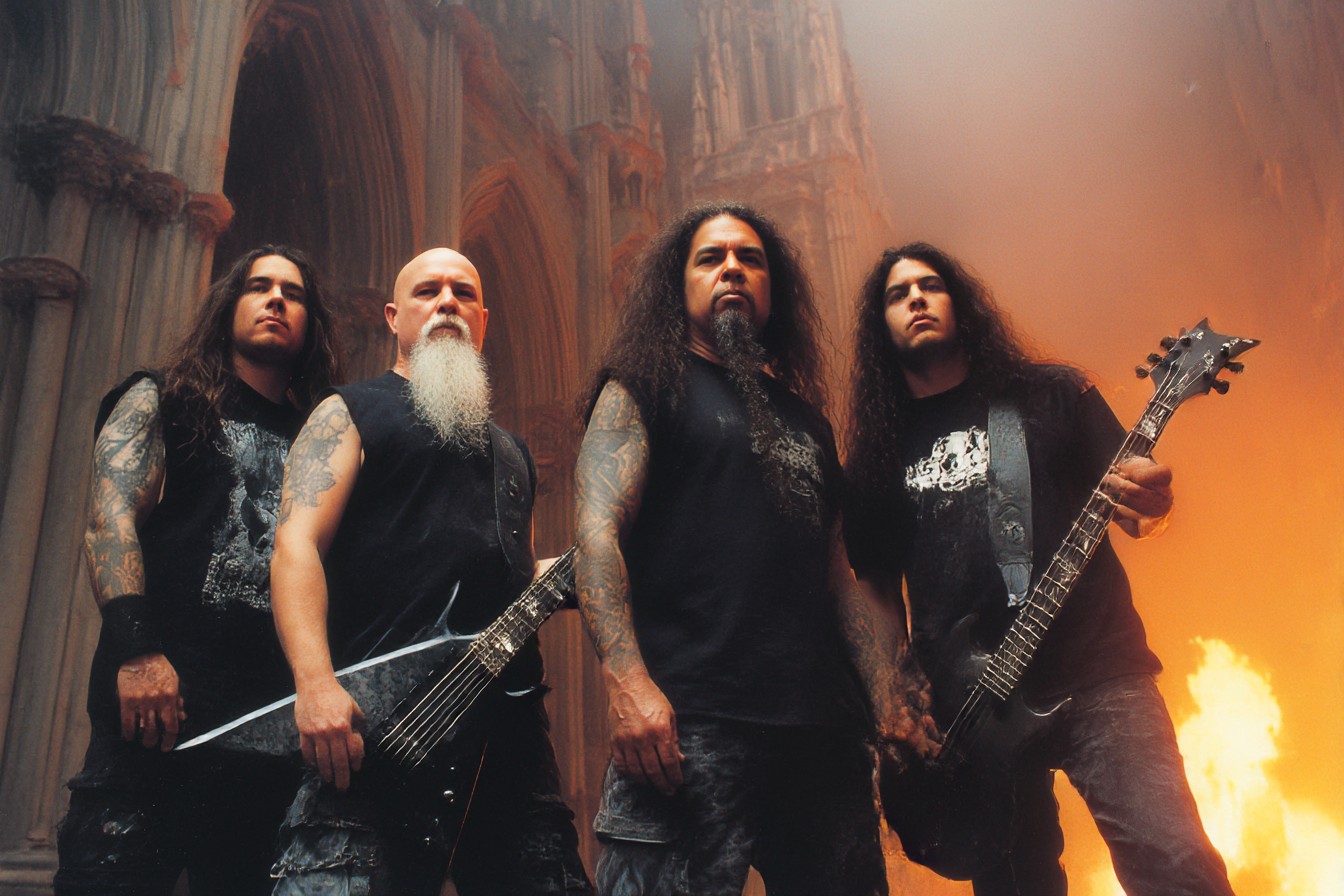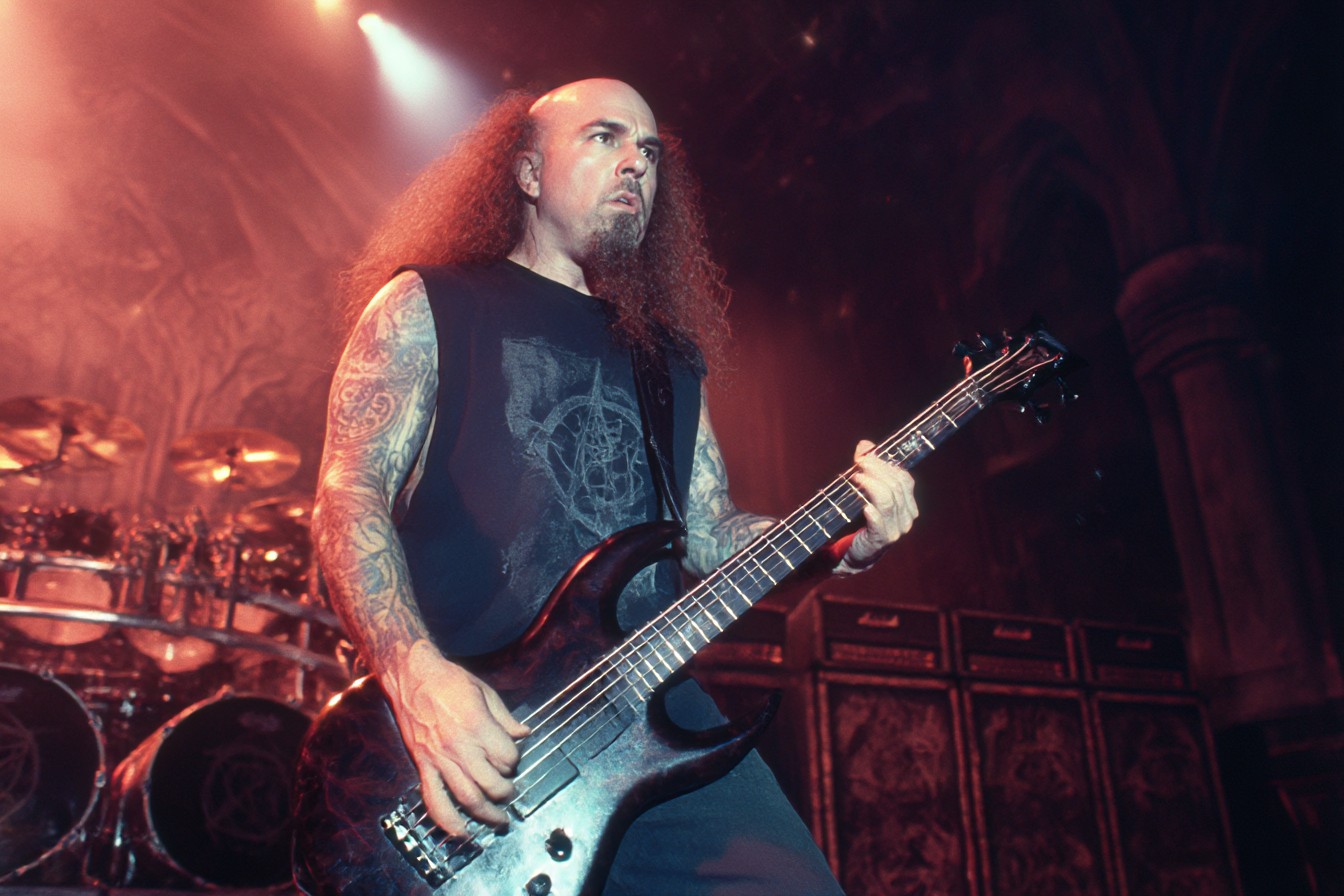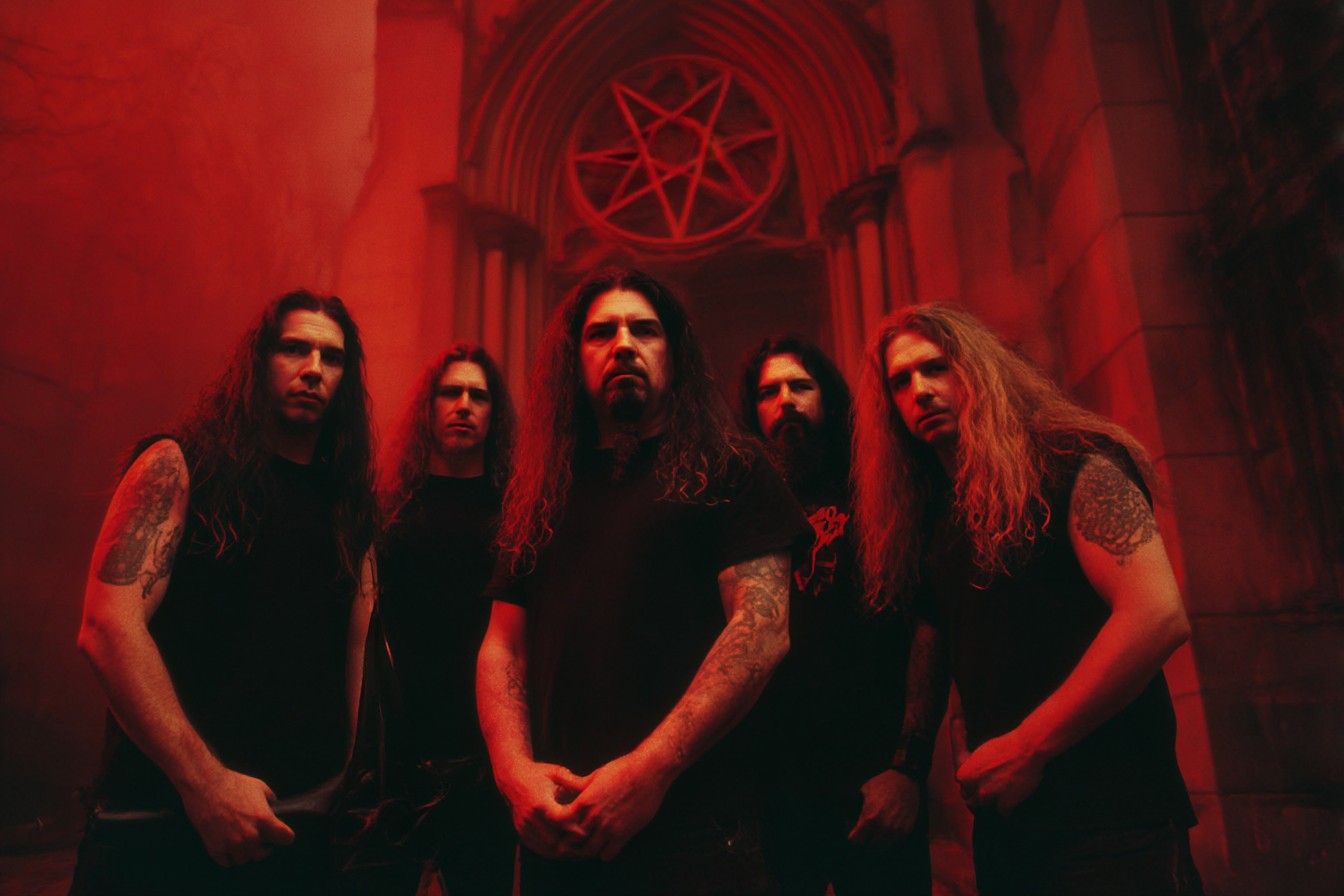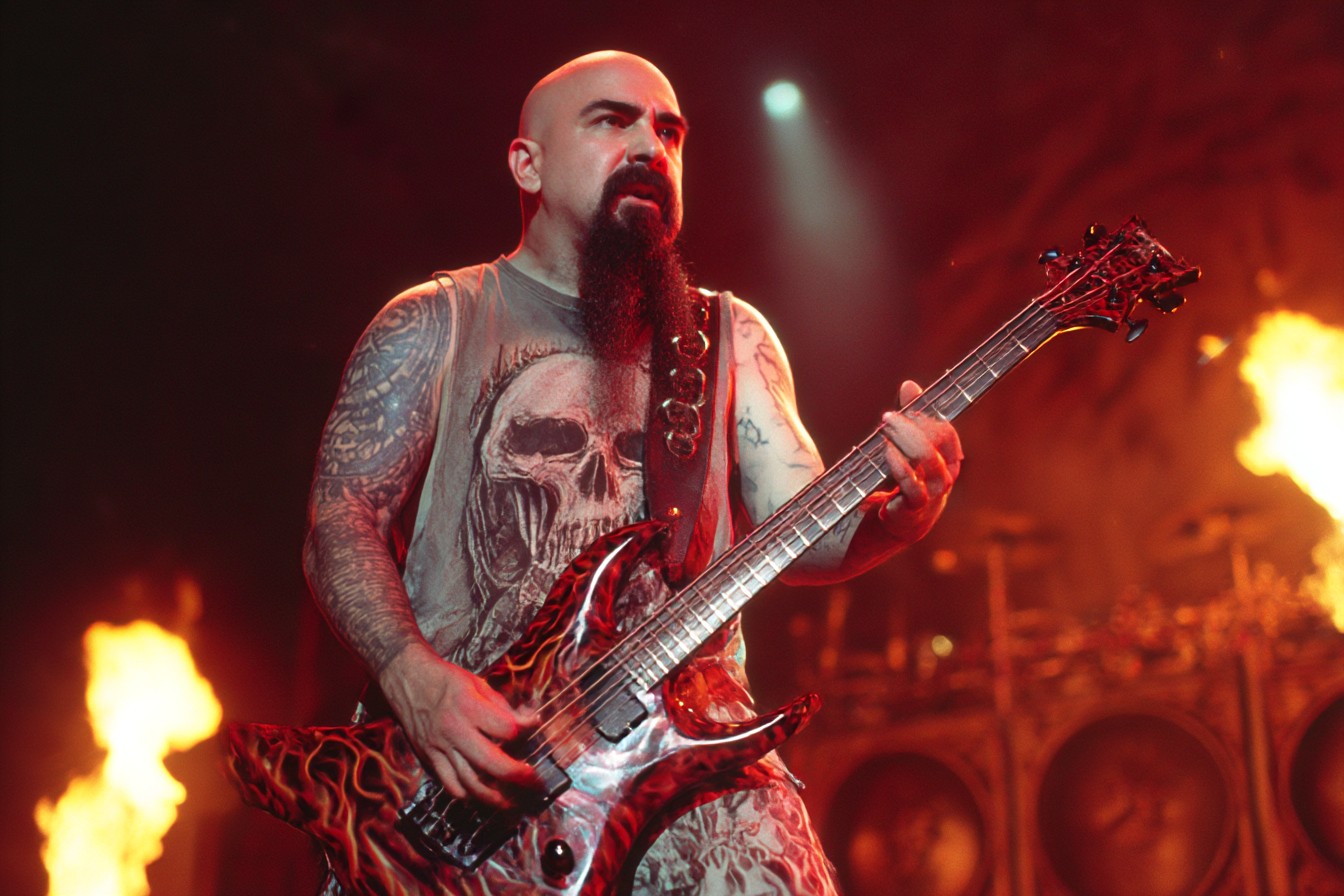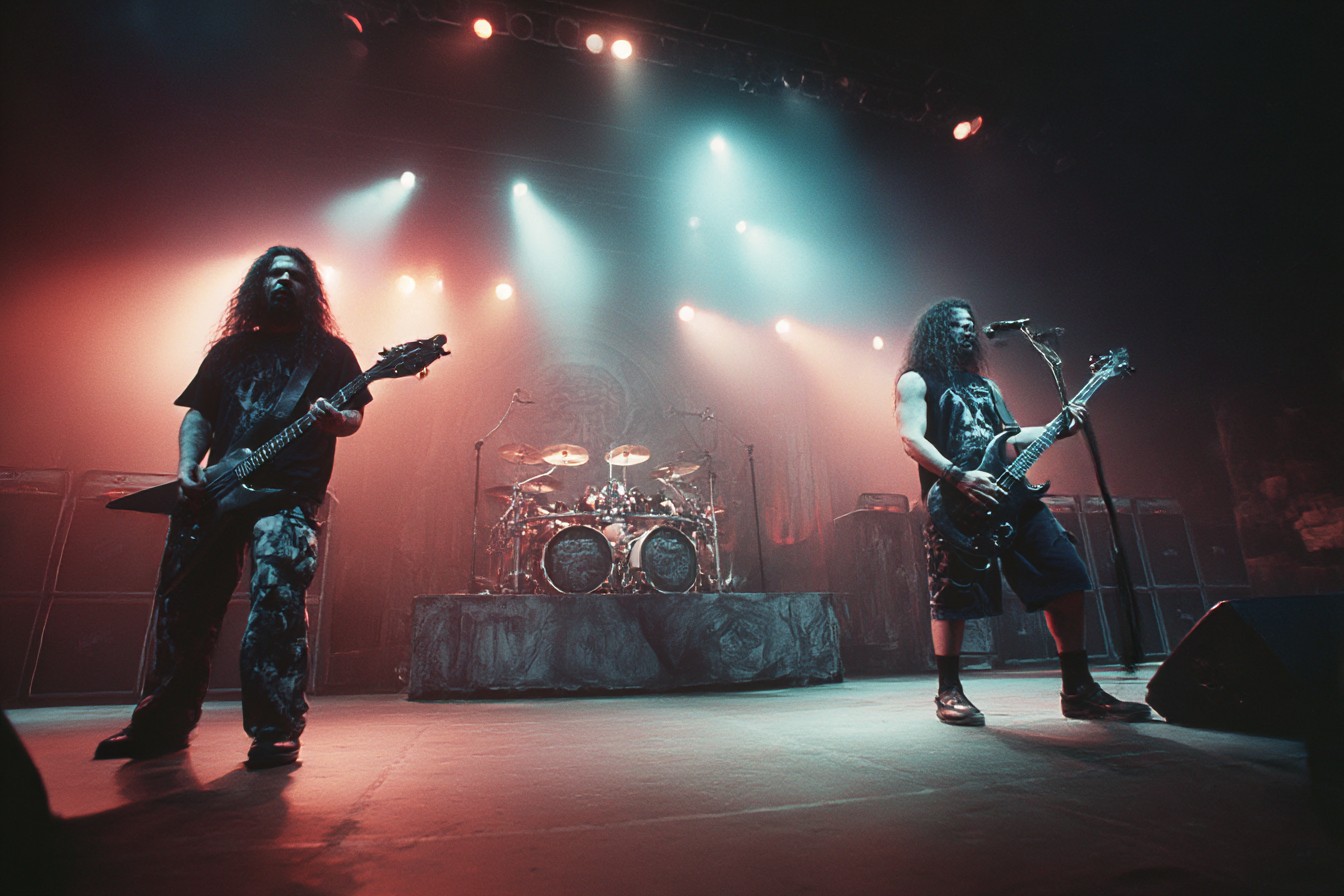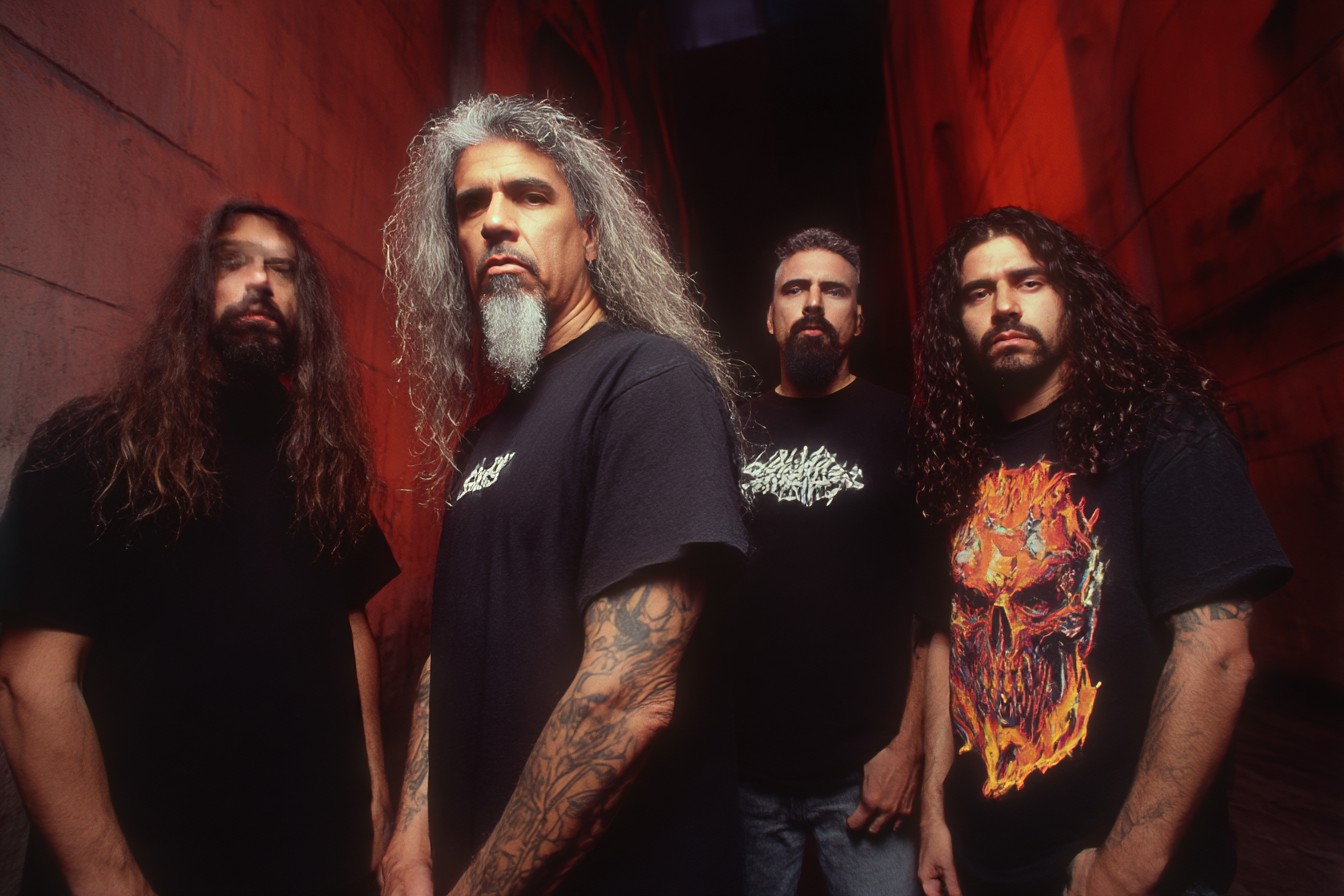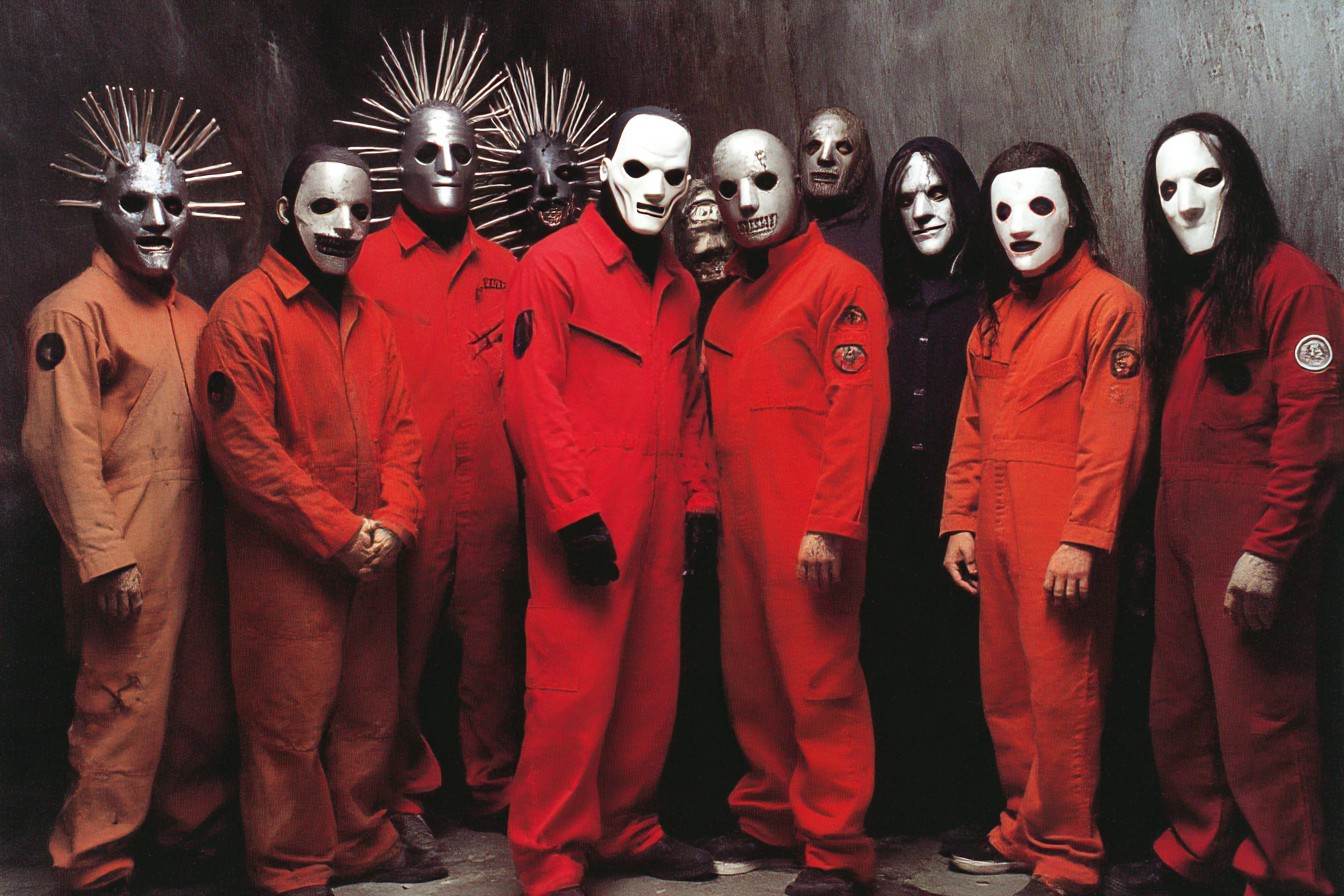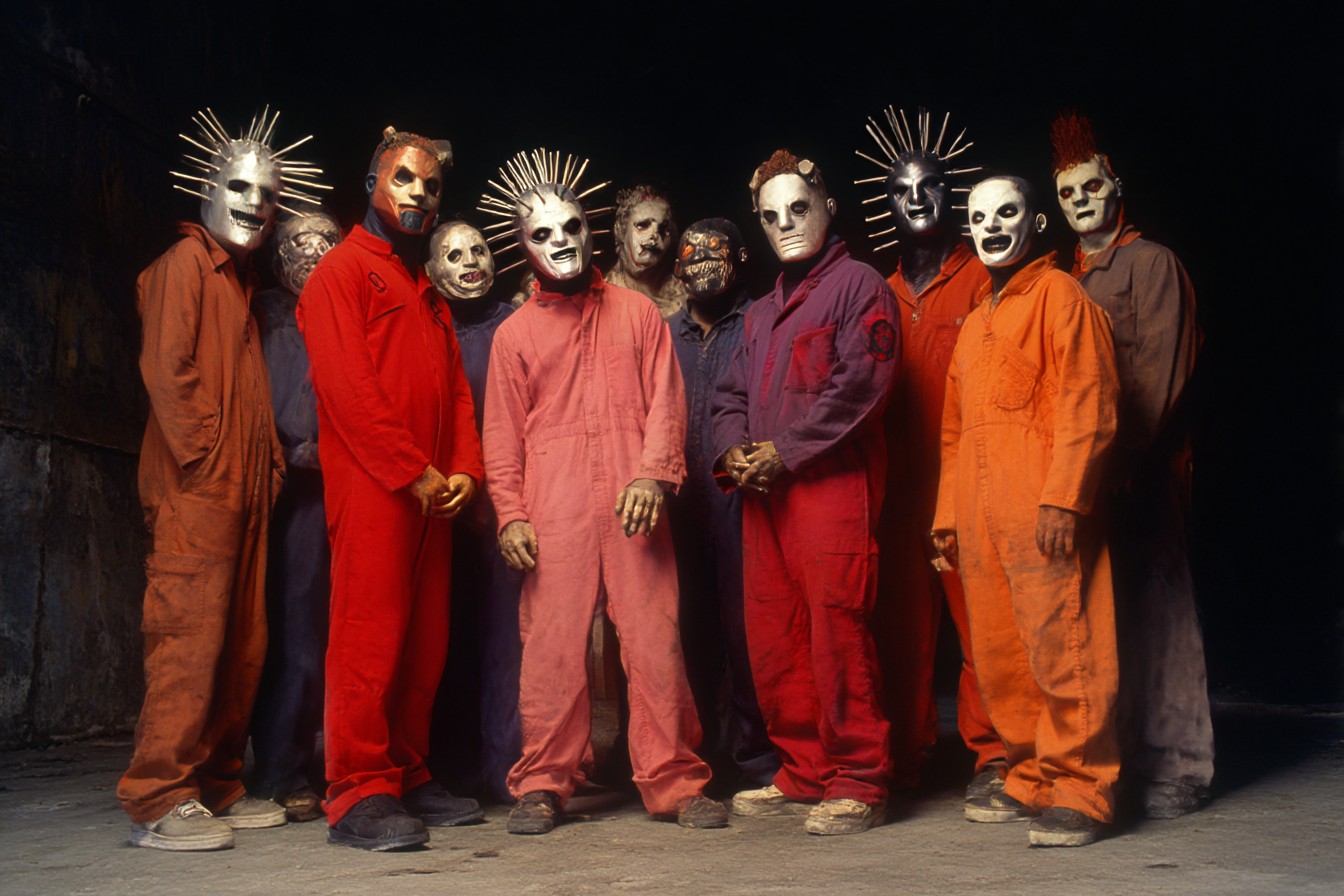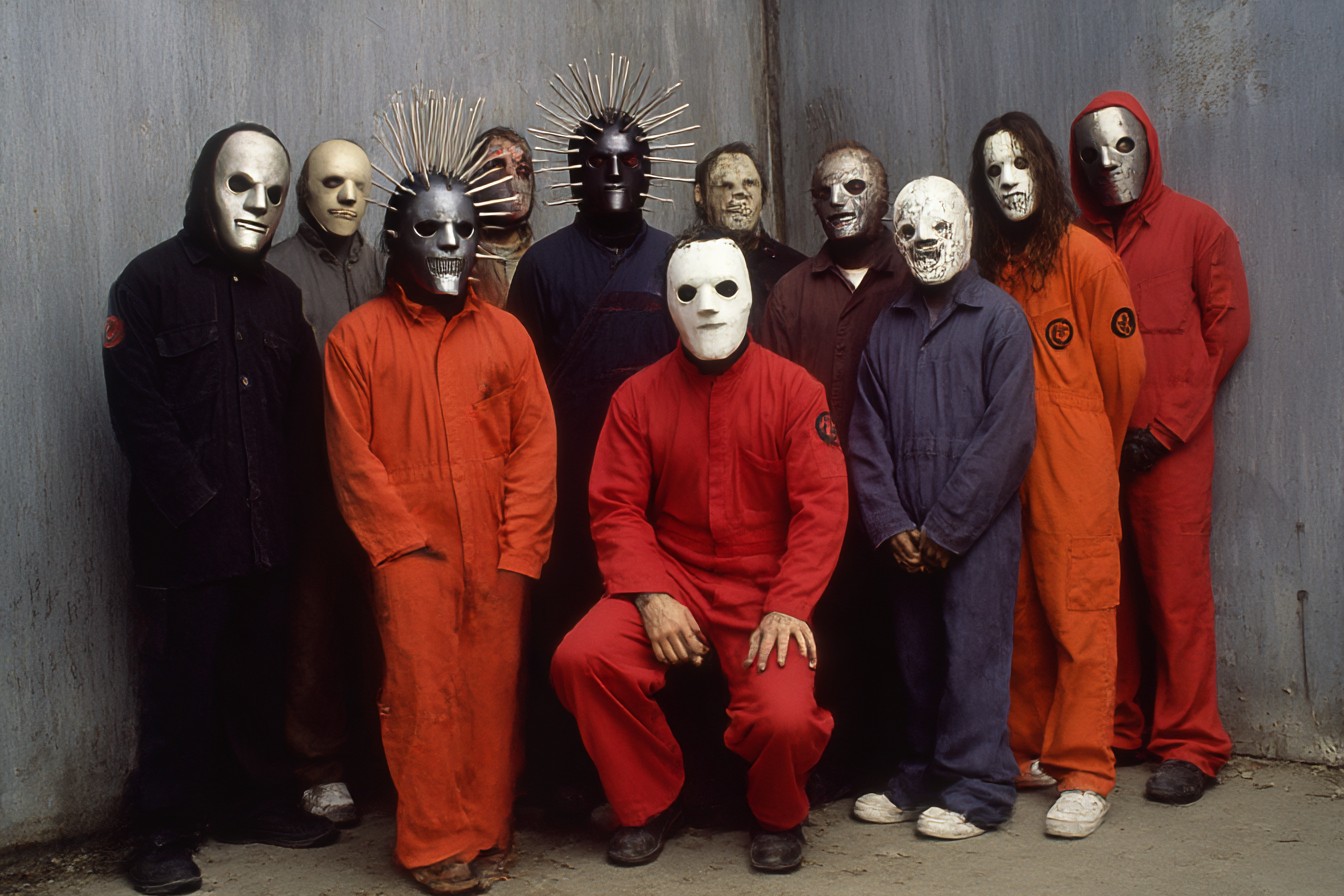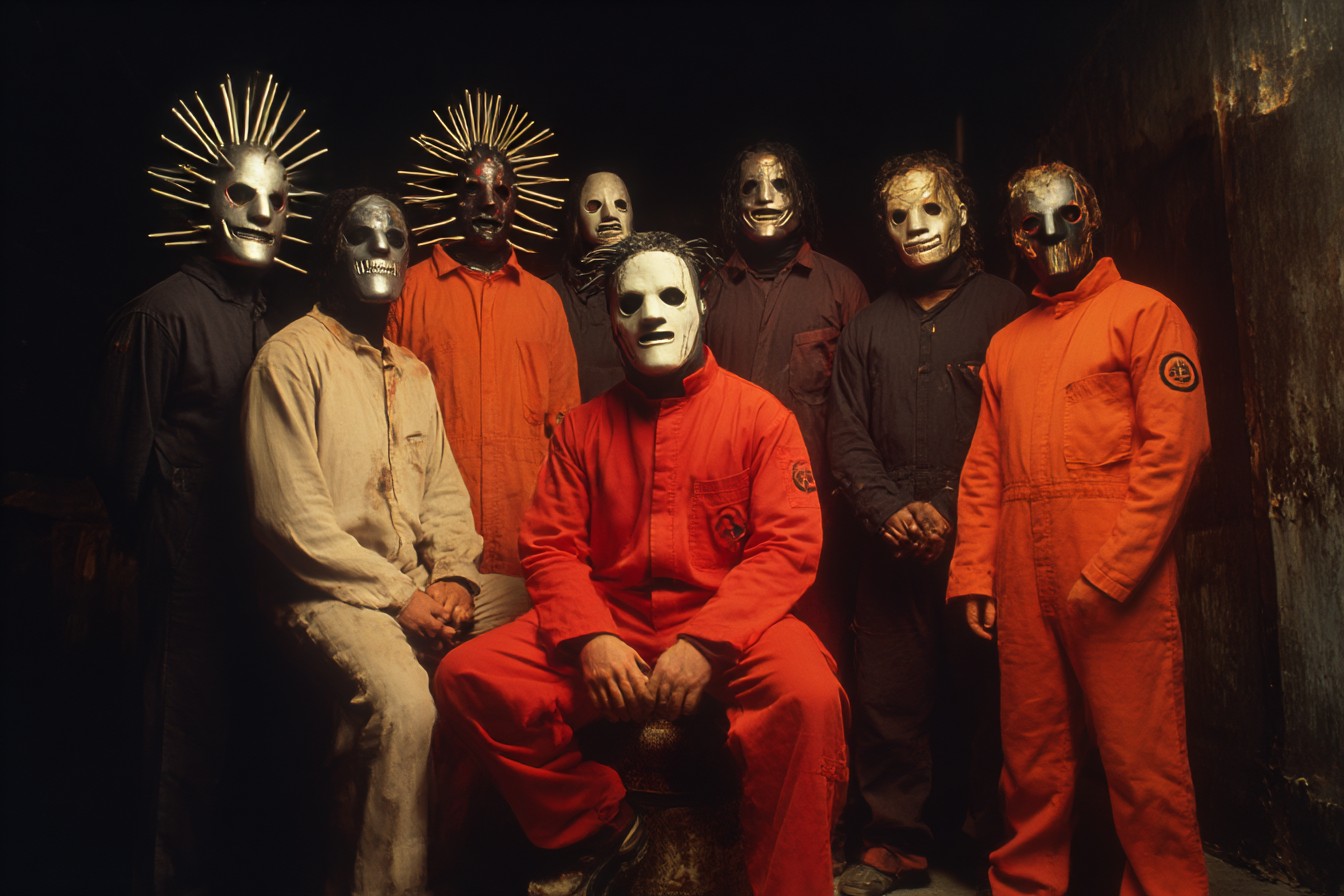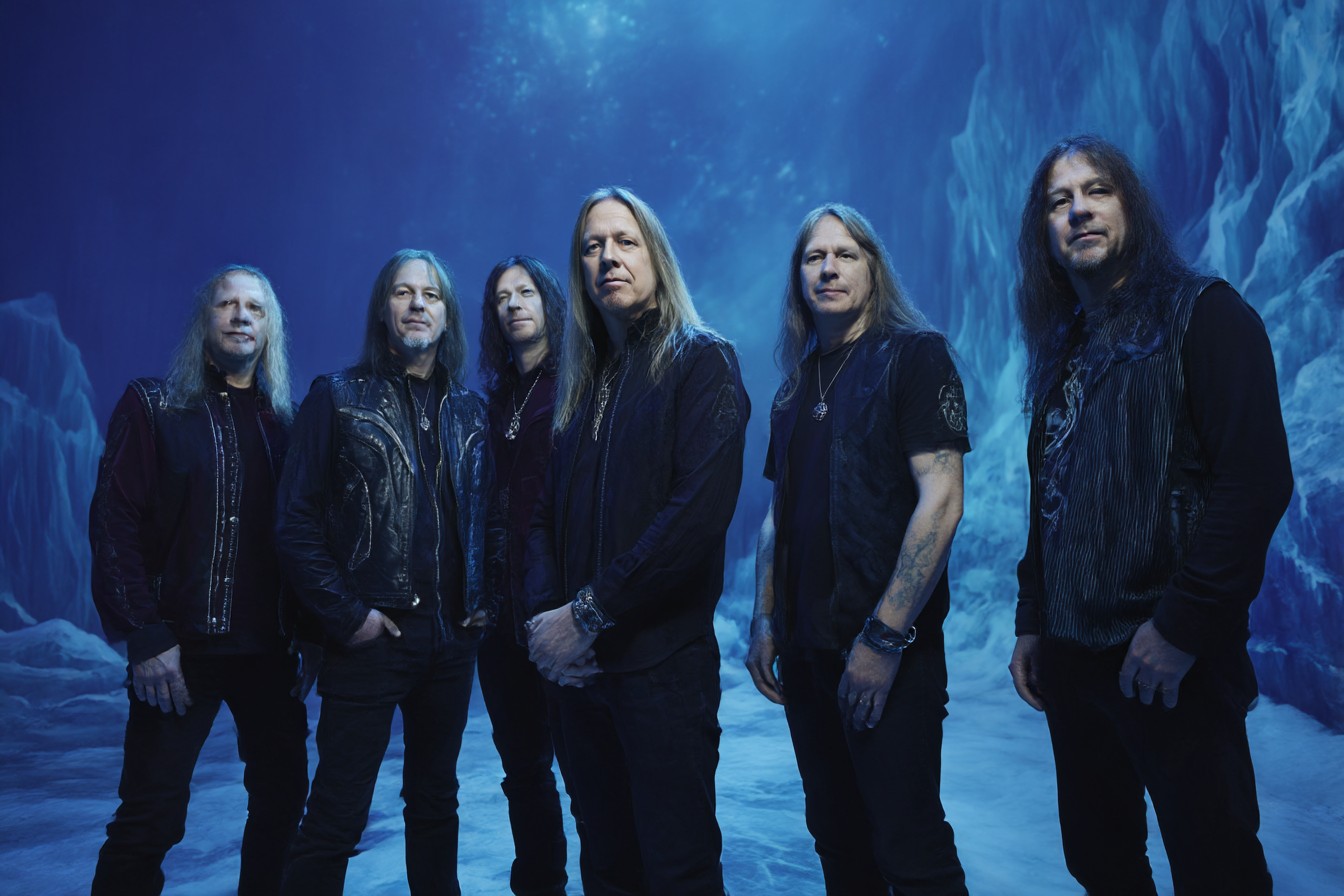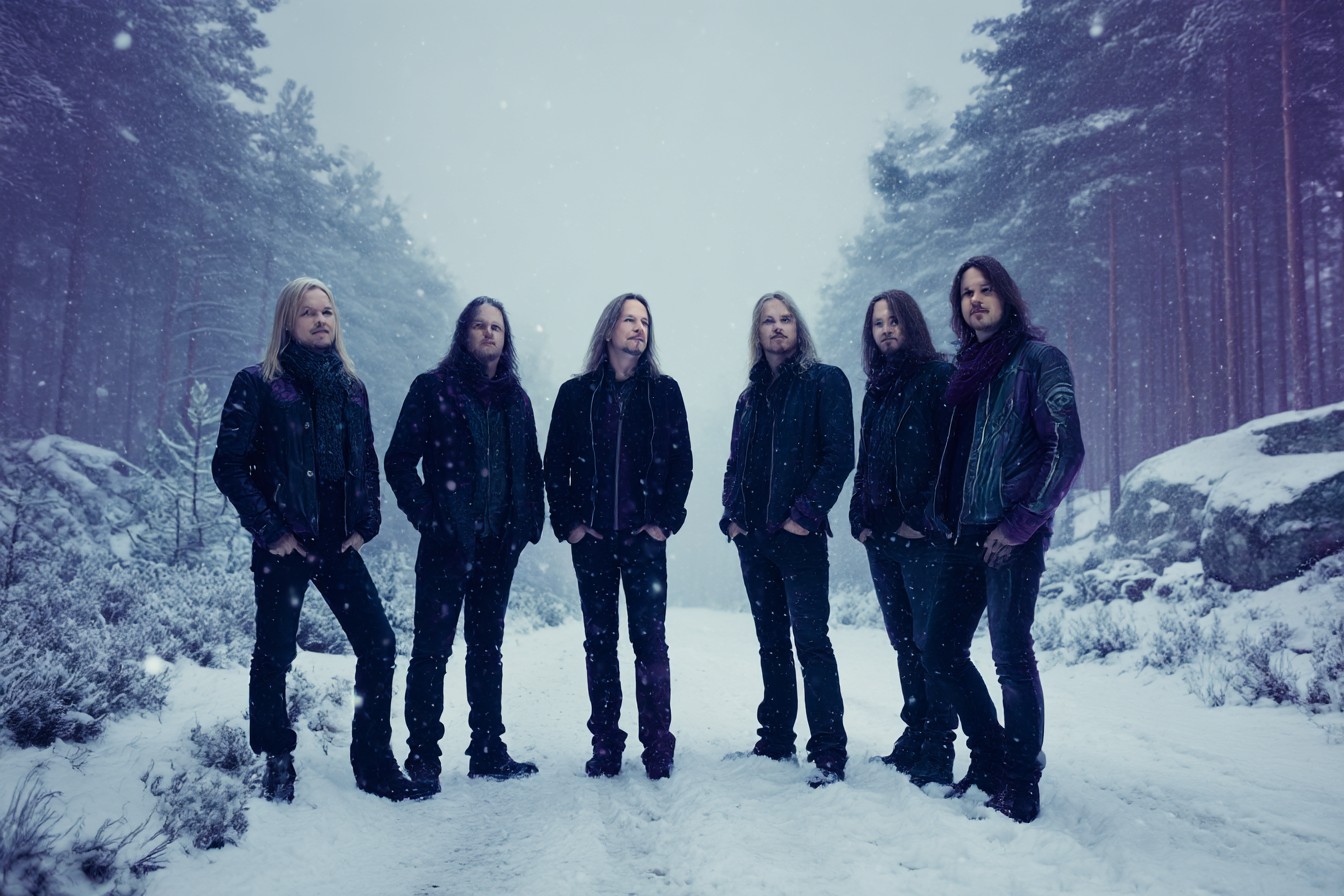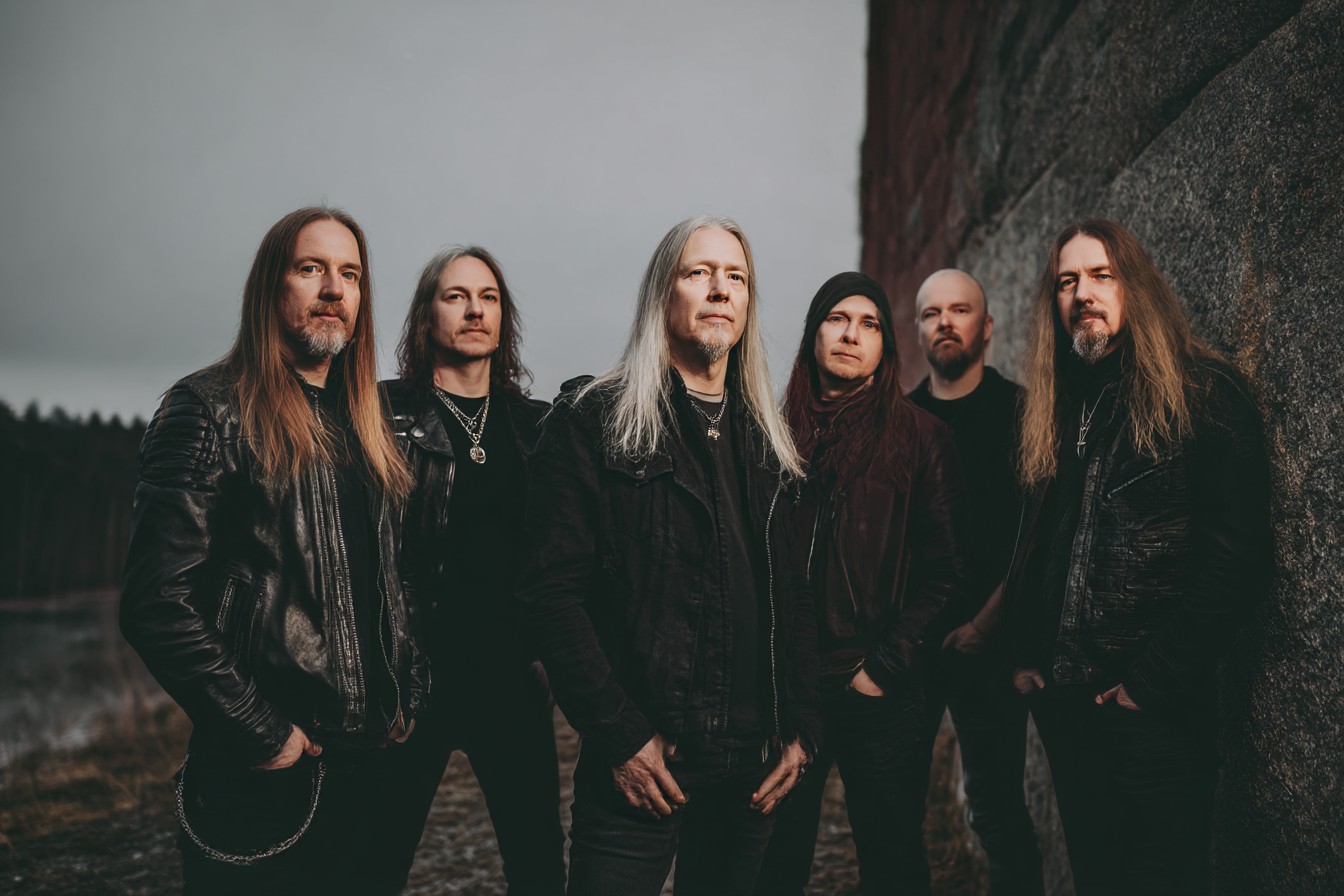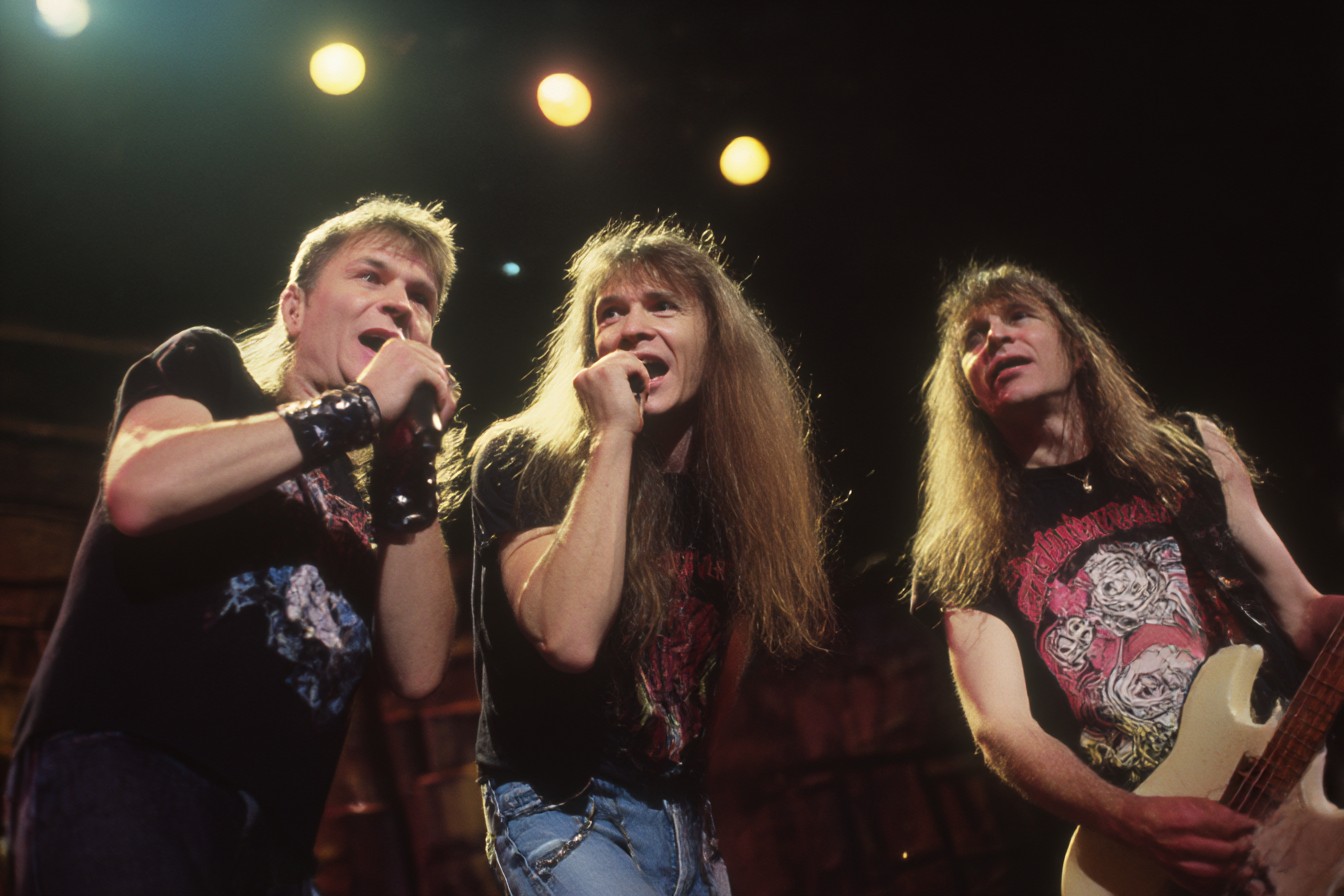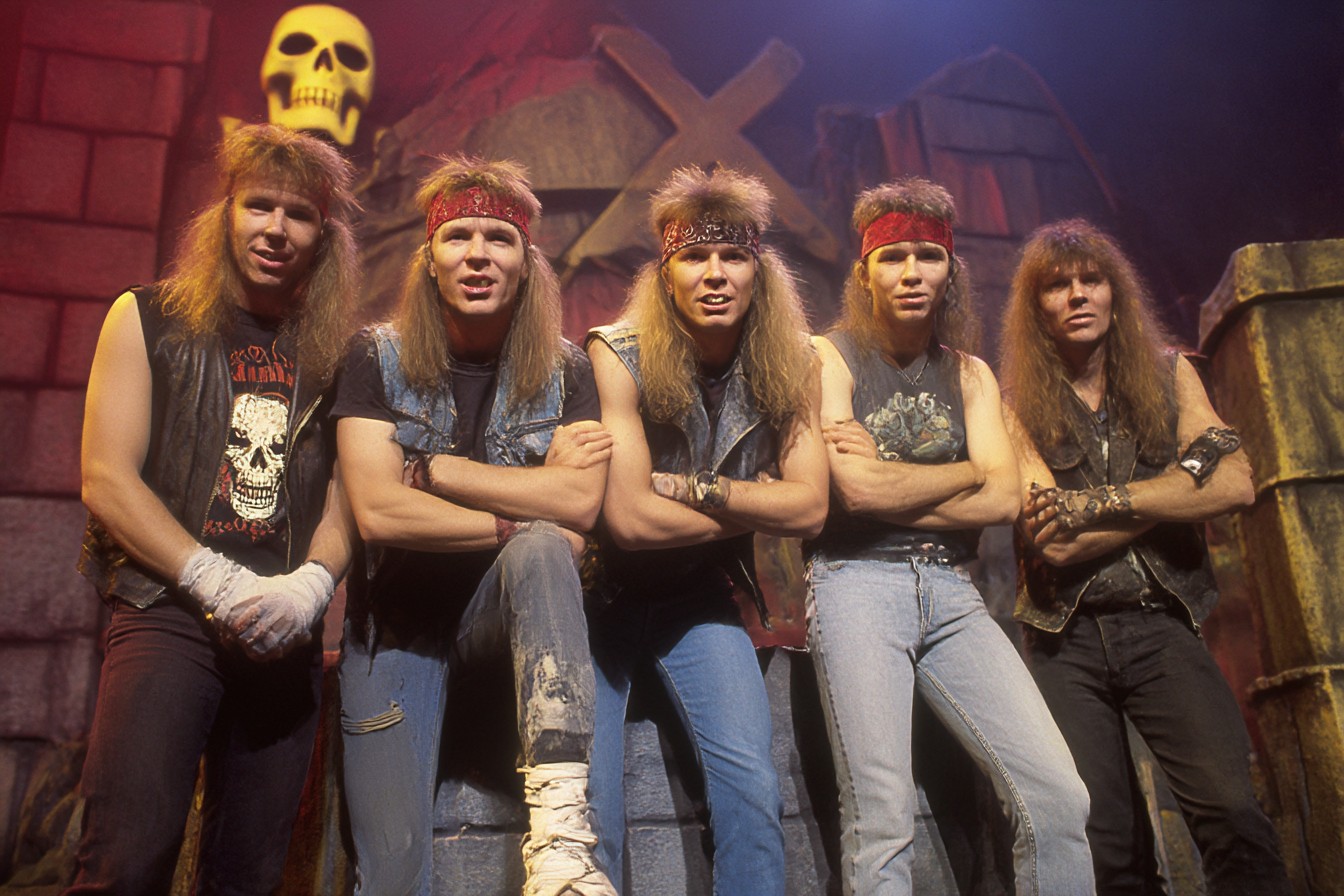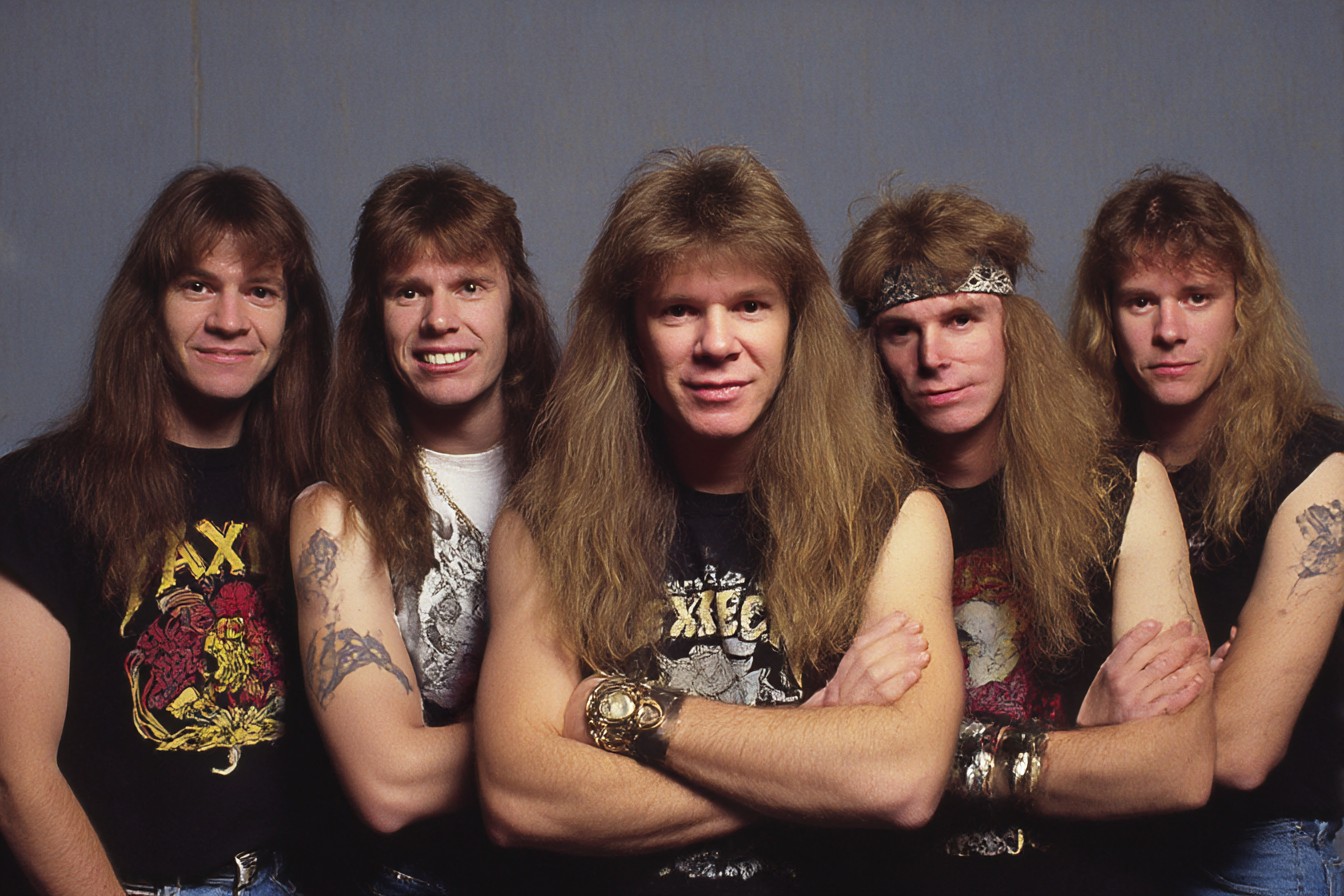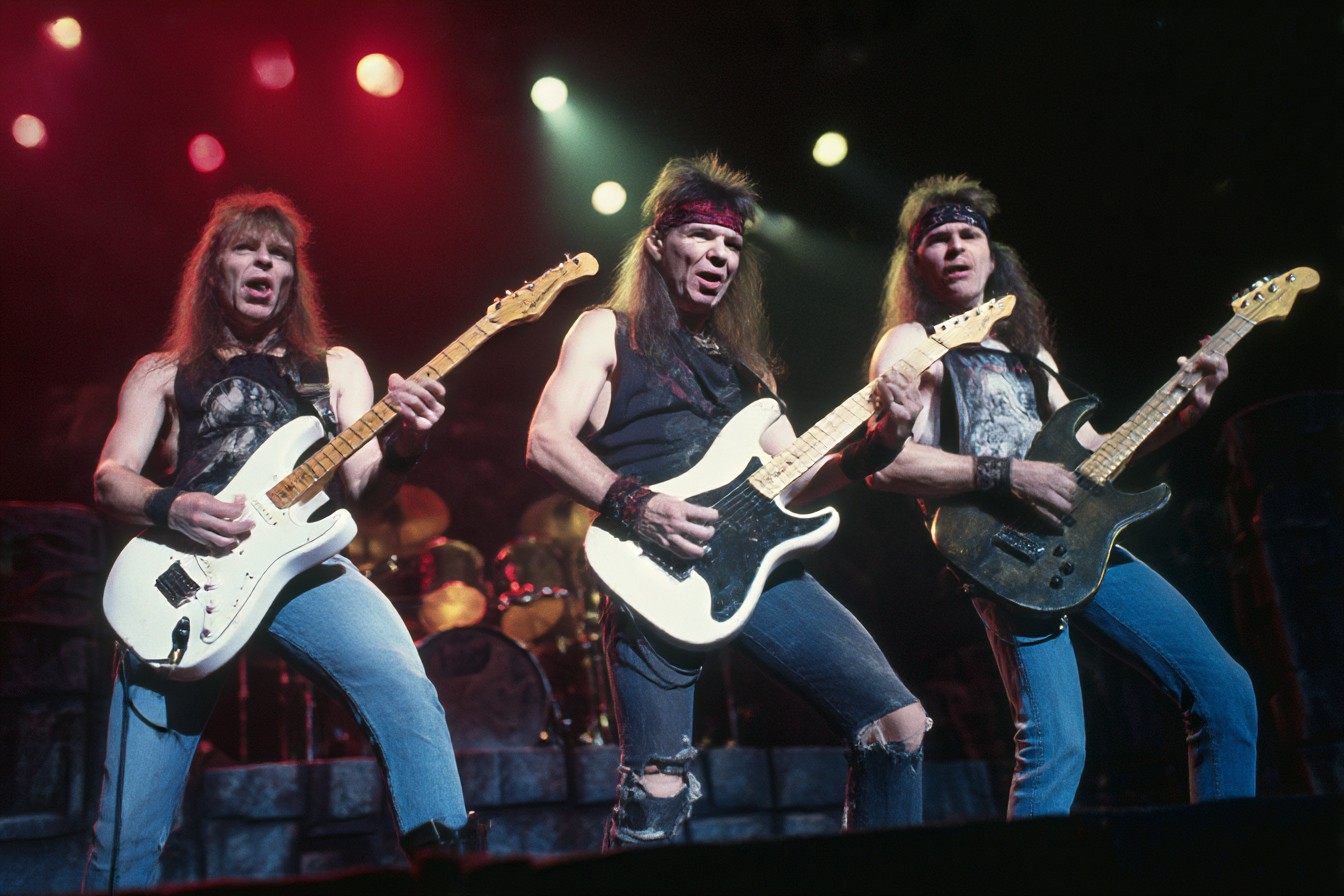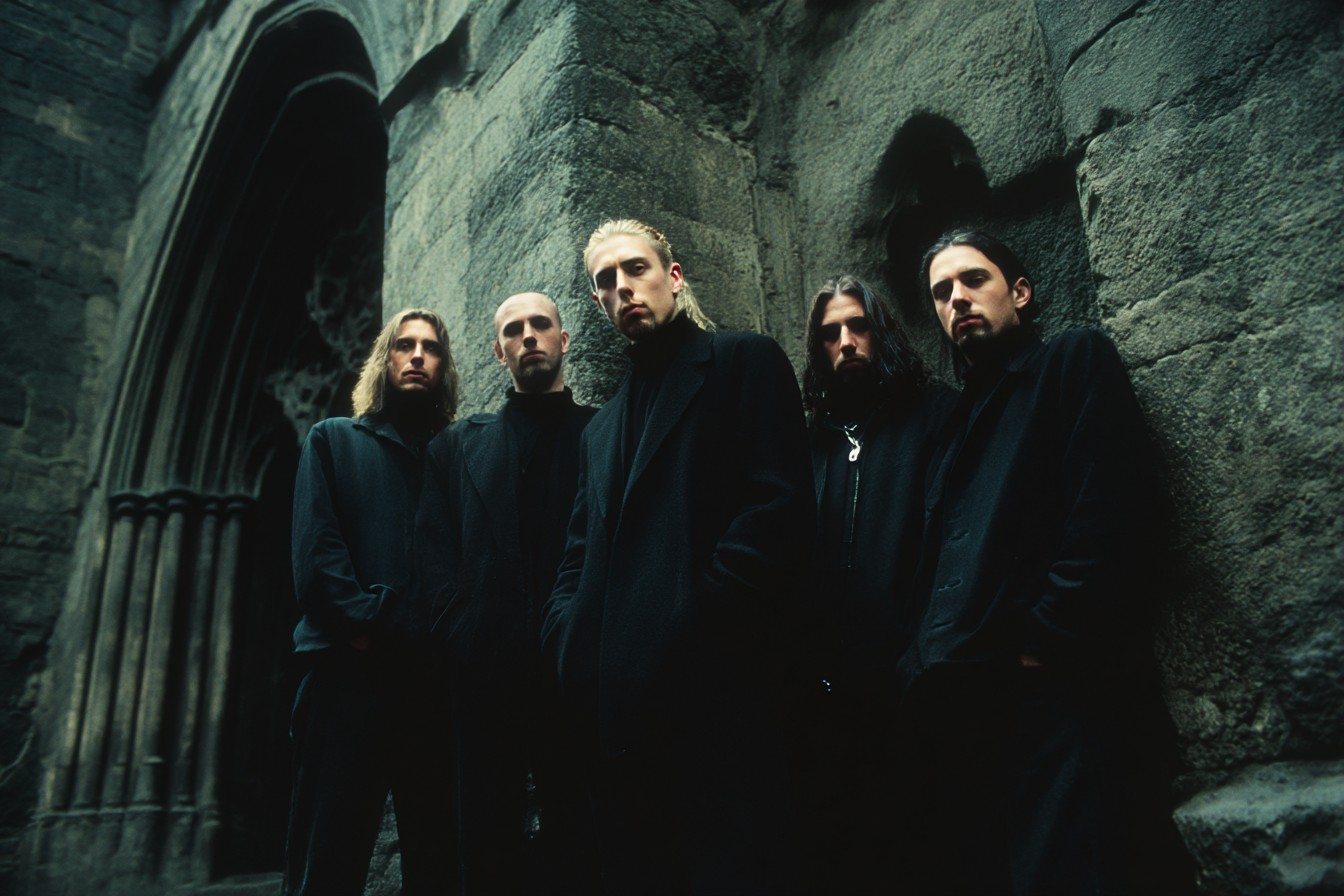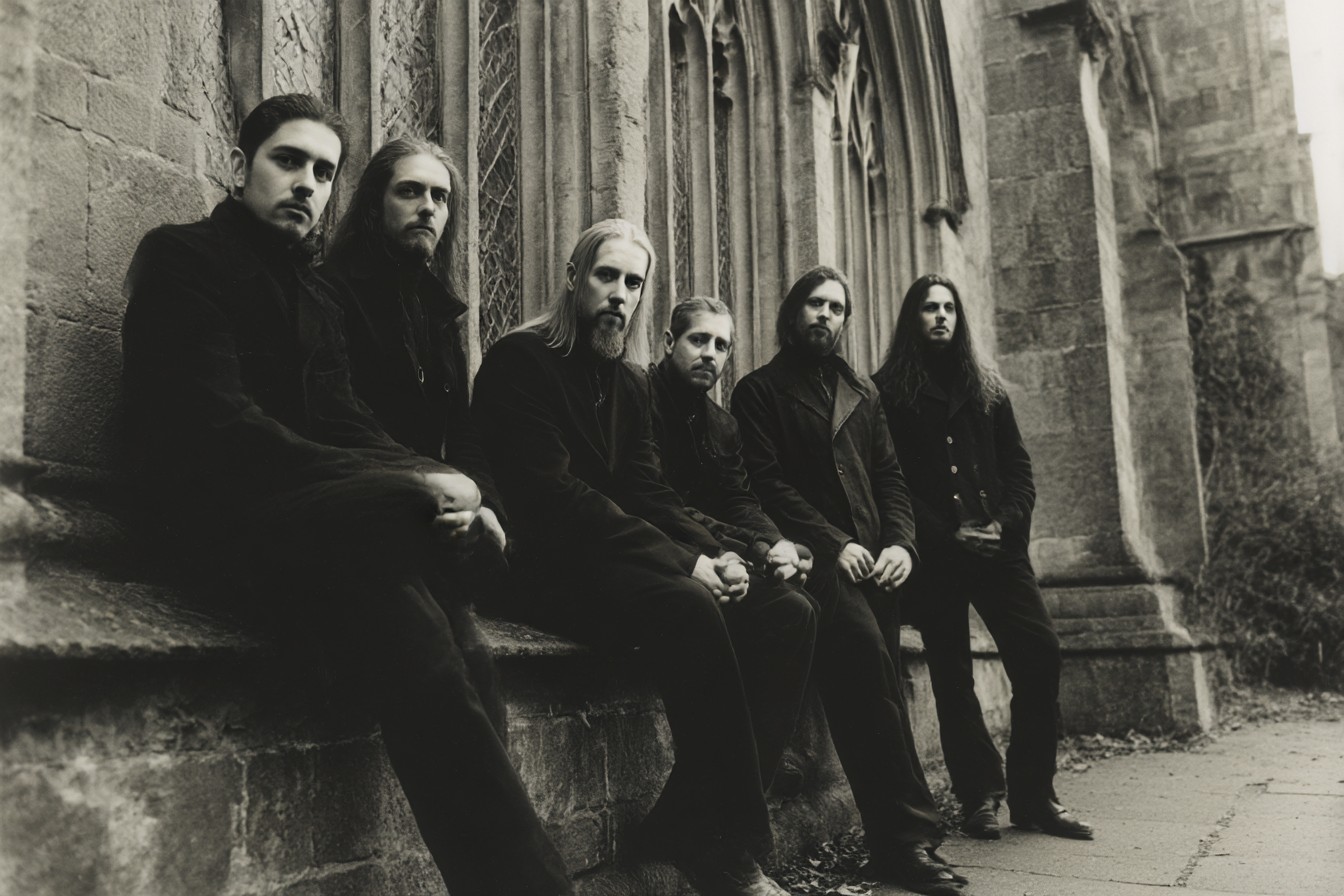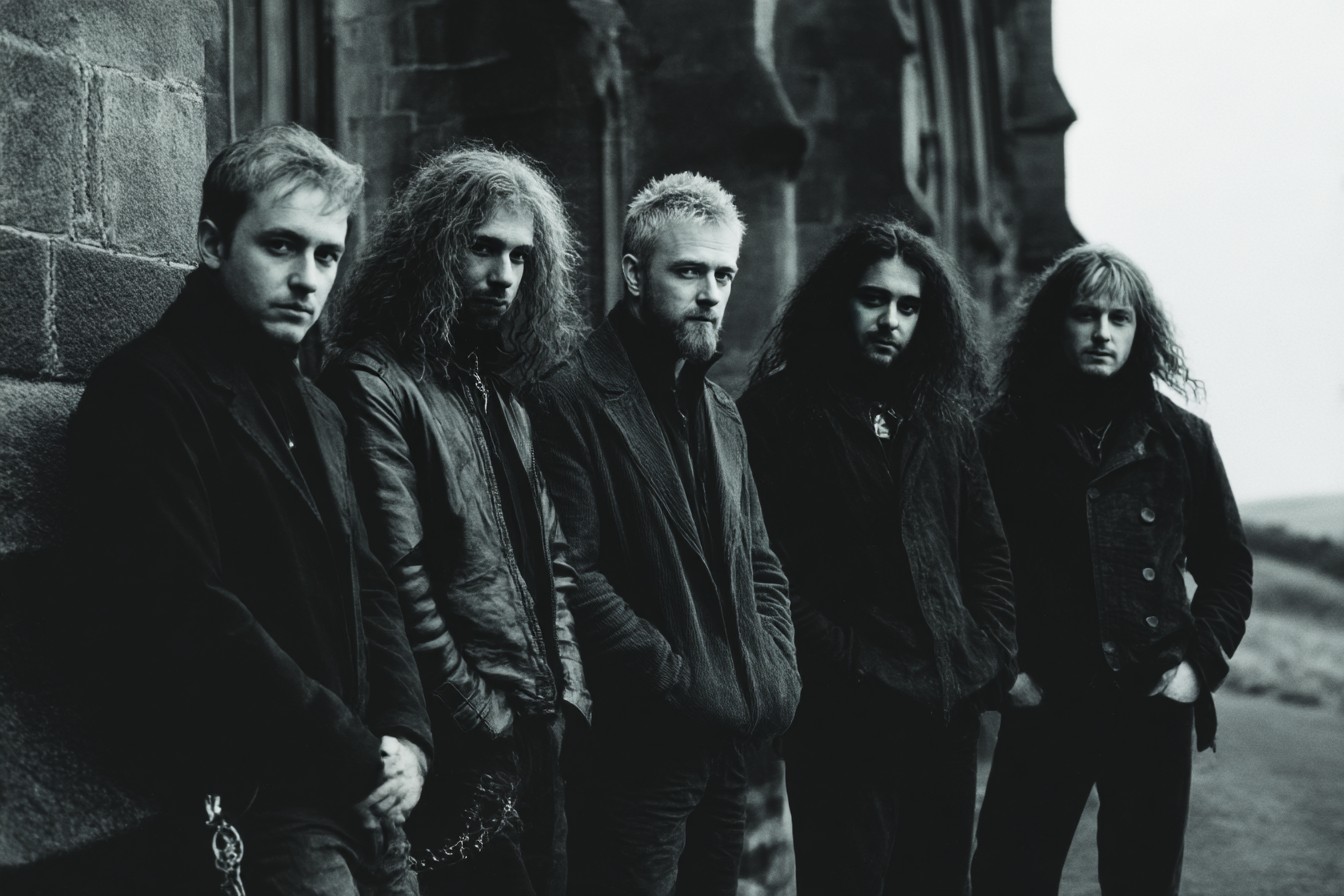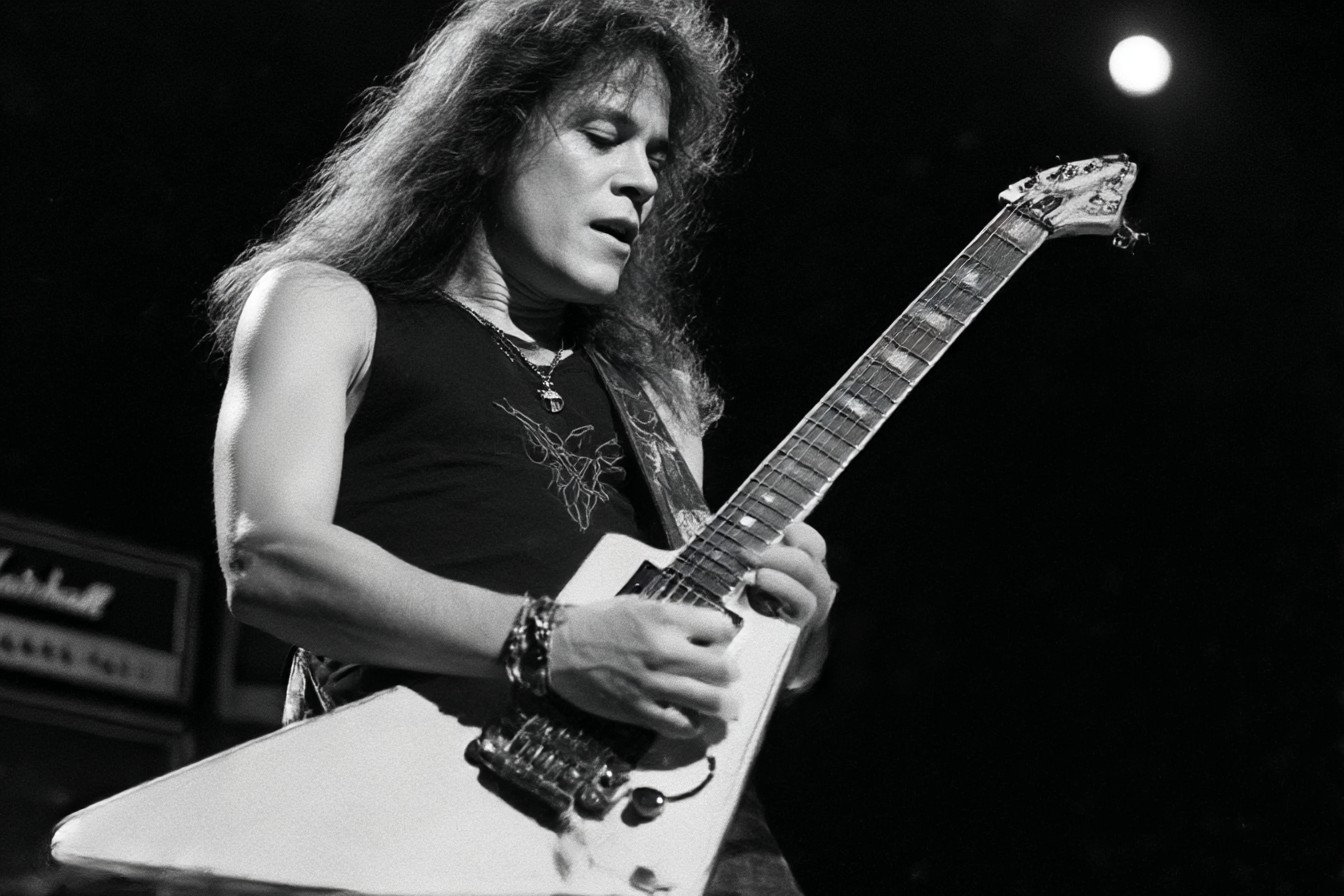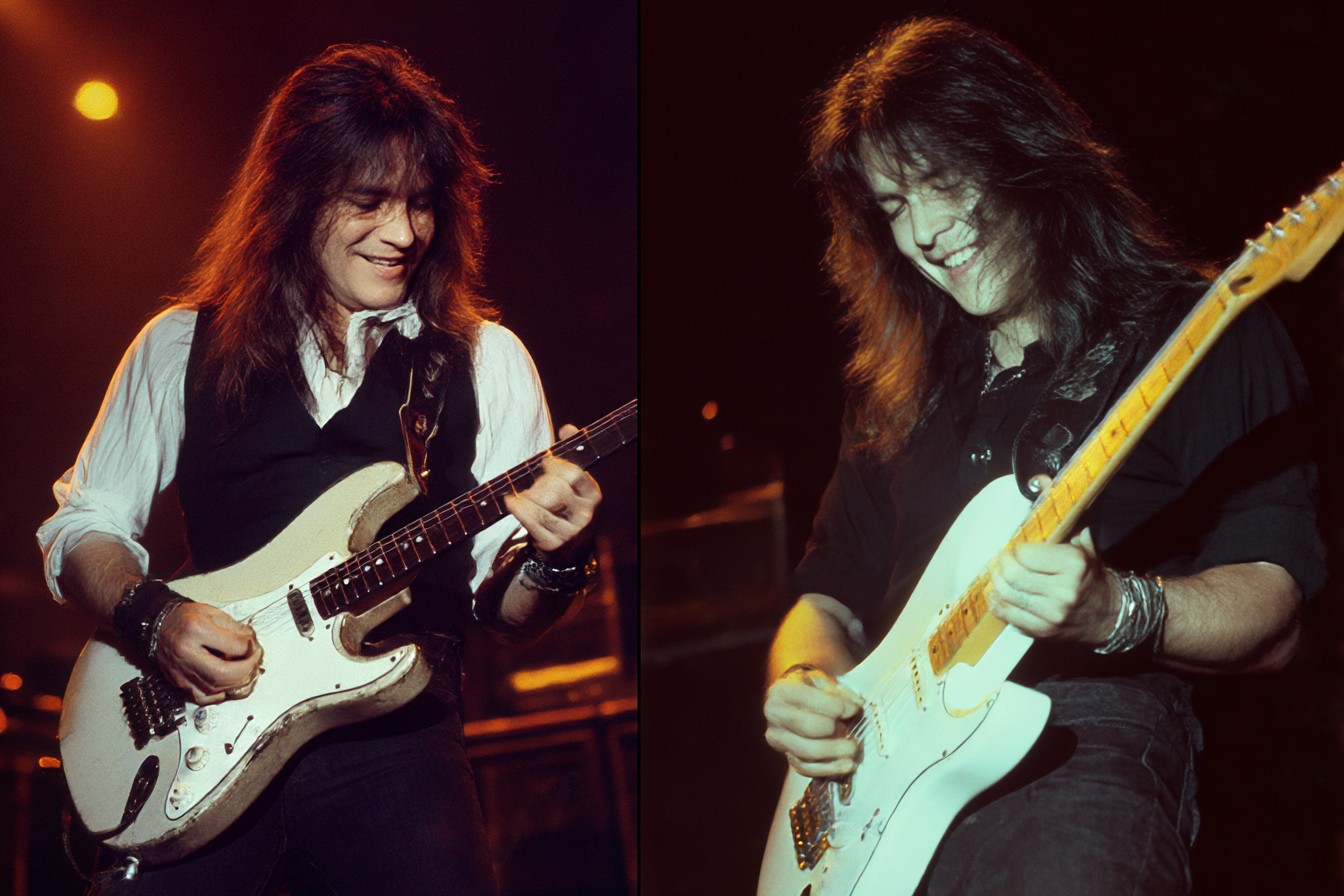Summer 1996. Not exactly black metal season, right? The sun blazing through my apartment windows, Seattle actually experiencing something resembling heat, and everyone normal was at parks or beaches soaking it up. Meanwhile, I was sitting in my darkened living room with blackout curtains drawn, hunched over the latest batch of extreme metal imports that had arrived at the record store where I was working at the time.
This was the golden era of Norwegian black metal’s second wave, when the scene had moved past its disturbing origins and was evolving musically in fascinating directions. I’d spent the previous few years working my way through the Darkthrone and Emperor catalogs, developing a taste for music that most of my friends described as “cats being tortured in a garbage disposal.” Their loss.
Among that stack of CDs was Satyricon’s “Nemesis Divina,” an album that, upon first listen, made me sit up straight and think, “Wait, what the hell am I hearing right now?” This wasn’t just another trebly, lo-fi assault of blast beats and shrieking. This was… different. Refined, yet still utterly raw and authentic. Composed, yet chaotic. It was like black metal had gone to college but hadn’t forgotten its roots in the gutter.
The album opens with “The Dawn of a New Age,” and that title couldn’t be more appropriate. From those first icy tremolo-picked guitars and Frost’s relentless drumming, you can hear the blueprint for what black metal could become – maintaining its essential coldness and aggression while introducing actual songcraft. Satyr’s vocals cut through the mix with razor-sharp precision, his Norwegian accent adding this extra layer of authenticity to the harsh delivery.
But it’s when “Forhekset” kicks in that you realize you’re experiencing something truly special. That main riff – simultaneously melodic and menacing – shows a level of compositional sophistication that was rare in the genre at that time. The song structures move beyond the typical blast-tremolo-blast formula that defined much of the second wave. There are dynamics, there are hooks (yes, black metal with actual hooks!), there are moments of almost… dare I say it… beauty amid the darkness.
I remember playing this album for my then-roommate Derek, a jazz fusion bassist who generally regarded my metal obsession with amused tolerance. “Nemesis Divina” was the first black metal album that made him stop loading his bong long enough to actually pay attention. “There’s real composition here,” he observed with the slightly irritating analytical tone music school grads always seem to adopt. “The primitive elements are intentional, not just limitations.” Exactly, Derek. That’s exactly it.
What makes “Nemesis Divina” so special is this delicate balance – maintaining the raw, primal essence that gives black metal its power while introducing more sophisticated composition and production values. It’s like they found the exact sweet spot between the lo-fi purity of early Darkthrone and the symphonic ambitions of Emperor, creating something that paid respect to the genre’s roots while pushing it forward.
“Mother North” exemplifies this balance perfectly. That opening – the choral elements, the atmosphere – builds this epic feeling that earlier black metal often reached for but rarely achieved. Then when the full band kicks in, it’s like being hit by an avalanche, but an avalanche with purpose and direction. The song takes you on a journey through different movements, different emotional landscapes, while never letting go of that essential black metal intensity.
I had the chance to interview Satyr years later, around 2004, when Satyricon was touring America on the back of “Volcano.” He was articulate, serious, completely focused on his art in a way that made my typically rambling interview style suddenly feel deeply unprofessional. When I brought up “Nemesis Divina” and its significance, there was this brief flash of… not pride exactly, but acknowledgment. “We knew we were creating something that would stand apart,” he said. “Not better than what came before, but different. The next step.”
The production on “Nemesis Divina” (handled by Satyr himself) deserves special attention. It’s clean enough to allow you to appreciate the musicianship and compositional details but raw enough to maintain that essential black metal atmosphere. The guitar tone is cold and sharp but with enough body to give the riffs real weight. The drums are powerful and precise, with Frost’s almost superhuman blast beats cutting through clearly. Even the bass (often an afterthought in black metal) has presence and contributes to the overall density of the sound.
I wore out my original CD copy of this album back in the ’90s, eventually replacing it with the limited edition vinyl that cost me an embarrassing percentage of my rent money at the time. Worth it. The large-format artwork (by Stein Løken) deserves to be seen at 12×12 inches – that striking image of Satyr in corpse paint against a backdrop of Norwegian nature perfectly encapsulates the album’s fusion of the primitive and the sophisticated.
What’s remarkable about “Nemesis Divina” is how well it holds up more than 25 years later. So many black metal albums from that era now sound like products of their time – either too raw and unlistenable for all but the most dedicated kvltists, or too symphonic and overblown in their attempts at grandeur. But Satyricon found that perfect middle path, creating something that sounds as vital and powerful today as it did when it first dropped on my turntable in that darkened apartment during the summer of ’96.
The album’s influence can be heard in countless bands that followed – from the more progressive side of the Norwegian scene to the post-black metal movements that emerged in the 2000s. That blueprint of maintaining black metal’s core elements while being unafraid to introduce more sophisticated composition and production became a template that many would follow, with varying degrees of success.
I remember attending a Satyricon show at a small club in Portland around 1999. The place was packed with black-clad metalheads, the air thick with that distinctive combination of clove cigarettes, stale beer, and questionable personal hygiene decisions. When the opening riff of “Mother North” hit, the room erupted in a way I’d rarely seen for a black metal show. This wasn’t the typical stoic head-nodding you often get at extreme metal concerts – this was genuine, physical, emotional release. That’s the power of this album – it connects on a gut level while still rewarding the more analytical listener.
“Nemesis Divina” represents a pivotal moment not just for Satyricon but for black metal as a whole. It’s the point where the genre started to grow up without losing its teeth. The primitive fury is still there in tracks like “Du Som Hater Gud” and “Immortality Passion,” but it’s channeled through more sophisticated musical structures and production choices that allow that fury to hit with maximum impact.
The album closes with “Transcendental Requiem of Slaves,” a two-minute instrumental that serves as the perfect epilogue – atmospheric, almost meditative, yet still unmistakably part of the black metal tradition. It’s like coming up for air after being submerged in icy water for 45 minutes, giving you a moment to process the journey you’ve just experienced.
I’ve gone through various phases in my relationship with black metal over the decades – from the initial fascination of discovery to periods of burnout when the genre’s limitations became too apparent, to renewed appreciation as innovative bands continued to push its boundaries. Through all these phases, “Nemesis Divina” has remained a constant reference point – the album I return to when I want to experience the essence of what makes black metal powerful and unique.
A few years ago, I played this album for my nephew, who had been exploring extreme metal and asking for recommendations. He’s part of a generation that came to black metal through bands like Deafheaven and Wolves in the Throne Room – the more atmospheric, post-black metal approach. “Nemesis Divina” served as the perfect bridge back to the genre’s roots, maintaining enough of the raw aggression to feel authentic while being composed and produced well enough to be accessible to ears accustomed to more modern production values.
“It’s like… cold but not empty,” was his assessment after we’d listened to the album front to back. I couldn’t have put it better myself. “Nemesis Divina” captures that essential black metal coldness – the winter forests, the misanthropic isolation, the rejection of comfort and warmth – but fills it with actual content, with musical and emotional substance that goes beyond mere atmosphere or shock value.
That’s the legacy of “Nemesis Divina” – it proved that black metal could evolve without betraying its roots, that it could incorporate more sophisticated elements without losing its primal power. It found that perfect balance between the raw and the refined, creating a template that would influence generations of extreme metal bands to come.
In a genre often torn between purists who resist any evolution and progressives who sometimes dilute the core elements that give the music its power, Satyricon’s masterpiece stands as proof that the most powerful approach is often found in that perfect balance – respecting tradition while fearlessly moving forward. It’s not just a great black metal album; it’s the moment when black metal truly came into its own as a mature artistic statement.

